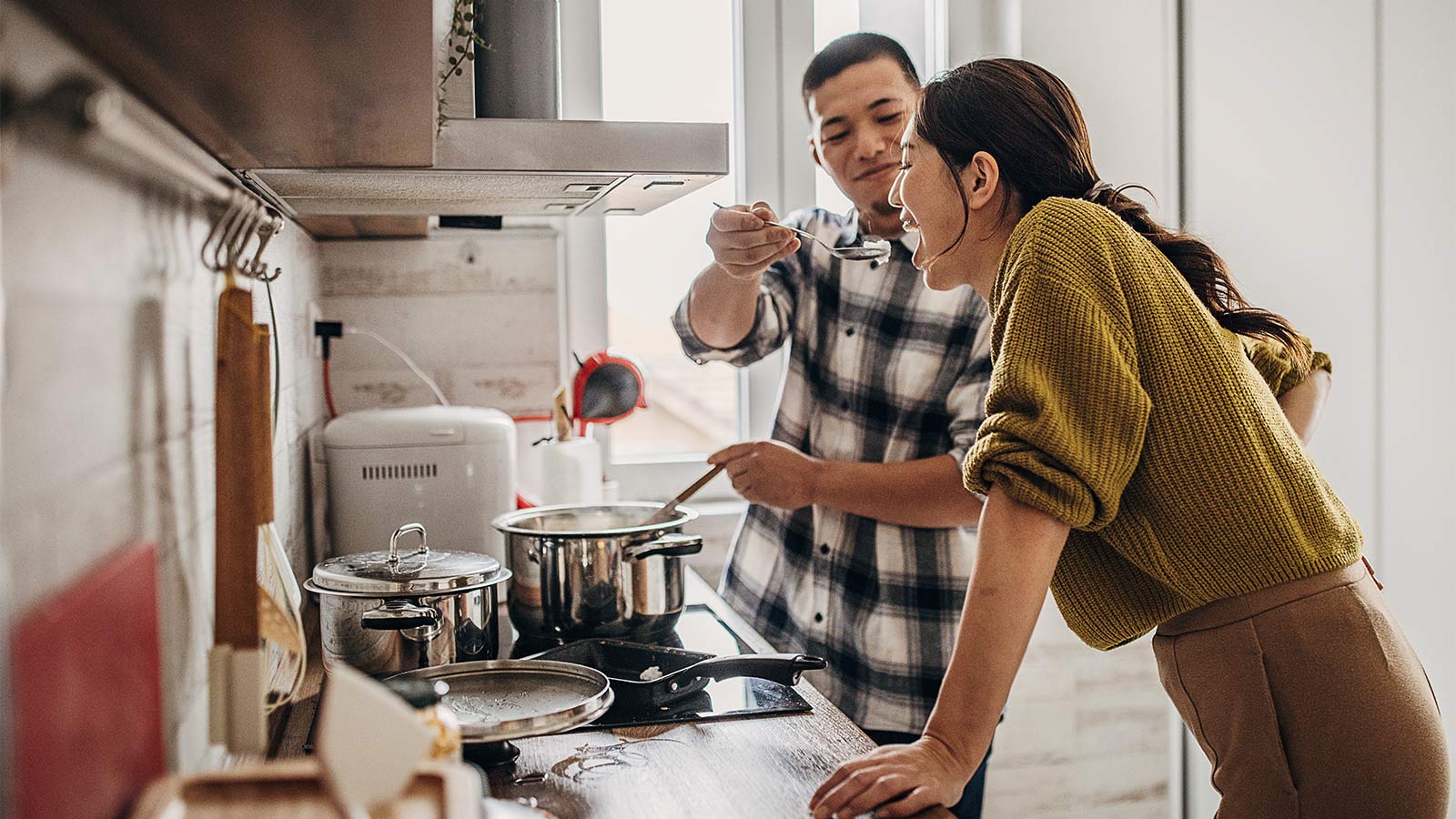Is Your Daily Walk Making You Really Sore?
Achieving your daily step goal can boost your health in many ways, but you might also experience some unexpected aches and pains. Here's why you could be sore and when to seek treatment.

By Eric Requa, DO, Sports Medicine Primary Care Physician, Virtua Sports Medicine
Daily walks are a popular way to exercise, especially when trying to meet common step challenges, like hitting 10,000 steps a day. Walking is also a great way to get out of the house, de-stress, and get a low-impact workout.
But a sudden increase in your walking time, days, or distance can also increase your aches and pains—and even your risk for some injuries.
Be aware of the common risks and know when to seek treatment.
What are the most common walking injuries?
Hamstring pain
Source: The hamstring tendons connect the muscles on the back of your thigh to the pelvis, knee, and lower legs.
What to look out for: Overuse or overexercise, especially without a proper warm-up, can inflame the hamstrings. Symptoms can include pain behind the thigh or knee, stiffness or pain after walking, and swelling.
Treatment: The best way to treat sore hamstrings is with RICE—rest, ice, compression, and elevation.
It’s also important to stretch AFTER your muscles are warm. Here's the simplest way to stretch your hamstrings:
- Sit on the floor with your legs straight out in front of you.
- Extend your arms, bend at the waist, and reach as far forward over your legs as possible until you feel tension, but not pain.
- Hold the stretch for 15 to 30 seconds.
IT band soreness
Source: The iliotibial (IT) band is a connective tissue that runs down the side of the thigh, extending from your pelvic bone to the shinbone. IT band soreness most often affects runners but can also occur if you walk long distances.
If the IT band gets too tight, it can lead to swelling and pain around your knee or hip. You might also feel clicking or popping on the outside of your knee or pain up and down your leg.
What to look out for: Be mindful of which side of the road you’re walking on. Most streets are sloped on either side to allow water to run off. While this helps prevent flooding, it also creates an uneven surface that changes how your feet land—putting more strain on one side versus the other.
Where it’s safe, I’d recommend walking half the time on one side of the road and half on the other. You could also walk half of your set distance, turn around, and walk home on the same side of the road.
Treatment: IT band soreness is usually treated with rest and over-the-counter anti-inflammatory medicine. You can also use a foam roller on the outside of your leg to loosen the tissue.
To prevent further IT band injury, it’s important to stretch all your leg muscles after you’ve warmed up. This includes your hamstrings, quadriceps, calves, and hip flexors.
Knee pain
Source: Your knees take a lot of wear and tear every day. So, if you’ve started taking daily walks, it could trigger a flare-up of knee arthritis you didn’t even know you had.
What to look out for: Knee arthritis happens as the cartilage that cushions the joint wears away with age. If you have it, you may feel knee pain, stiffness, swelling, and a clicking or popping.
Joints are meant to move, so activity can help ease arthritis pain. However, too much activity can aggravate the issue.
Treatment: First, you can space out your walks, walking every other day instead of every day. You can also use ice, anti-inflammatories, or acetaminophen to treat the pain.
I also recommend checking your sneakers for wear and tear, such as cracks in the sole or tread loss. Treat your sneakers like tires on a car and replace them when they’re worn out (usually every 6 months or 300-400 miles). A good walking sneaker or cross-trainer provides a flexible sole, a well-cushioned insole, and good arch support.
Achilles pain
Source: The Achilles tendon connects the back of your calf muscle to your heel. When walking, it helps your foot push off the ground to propel you forward.
What to look out for: A sudden increase in walking frequency or distance can inflame the tendon, causing pain or tenderness at the back of your heel.
Treatment: Like the others, rest, ice, elevation, and anti-inflammatories can help ease the pain. I also recommend warming up and stretching all your leg muscles, but add a wall stretch for your Achilles tendon as well.
To do this stretch:
- Stand in front of a wall and flex one foot up.
- Place the ball of your foot against the wall.
- Lean forward slightly until you feel tension but not pain.
To prevent Achilles pain, wear a sneaker that provides a well-cushioned heel or add an insert that elevates the heel to take the tension off the tendon.
How to prevent walking injuries
Boost your recovery after walking with these tips:
- Slow your walking pace gradually to cool down at the end of your walk.
- Don’t forget to stretch.
- Hydrate with water or a sugar-free electrolyte drink.
- Fuel your muscles with protein.
- Rest to help your body recover.
- Remove your shoes to let your feet breathe.
Virtua sports medicine specialists are here for all your aches and pains
If today’s walk left you feeling sore, take a break and focus on recovery. If the pain persists, schedule an appointment with a sports medicine specialist.
There's So Much More to Explore
Discover expert insights, inspiring stories, health tips, and more by exploring the content below!
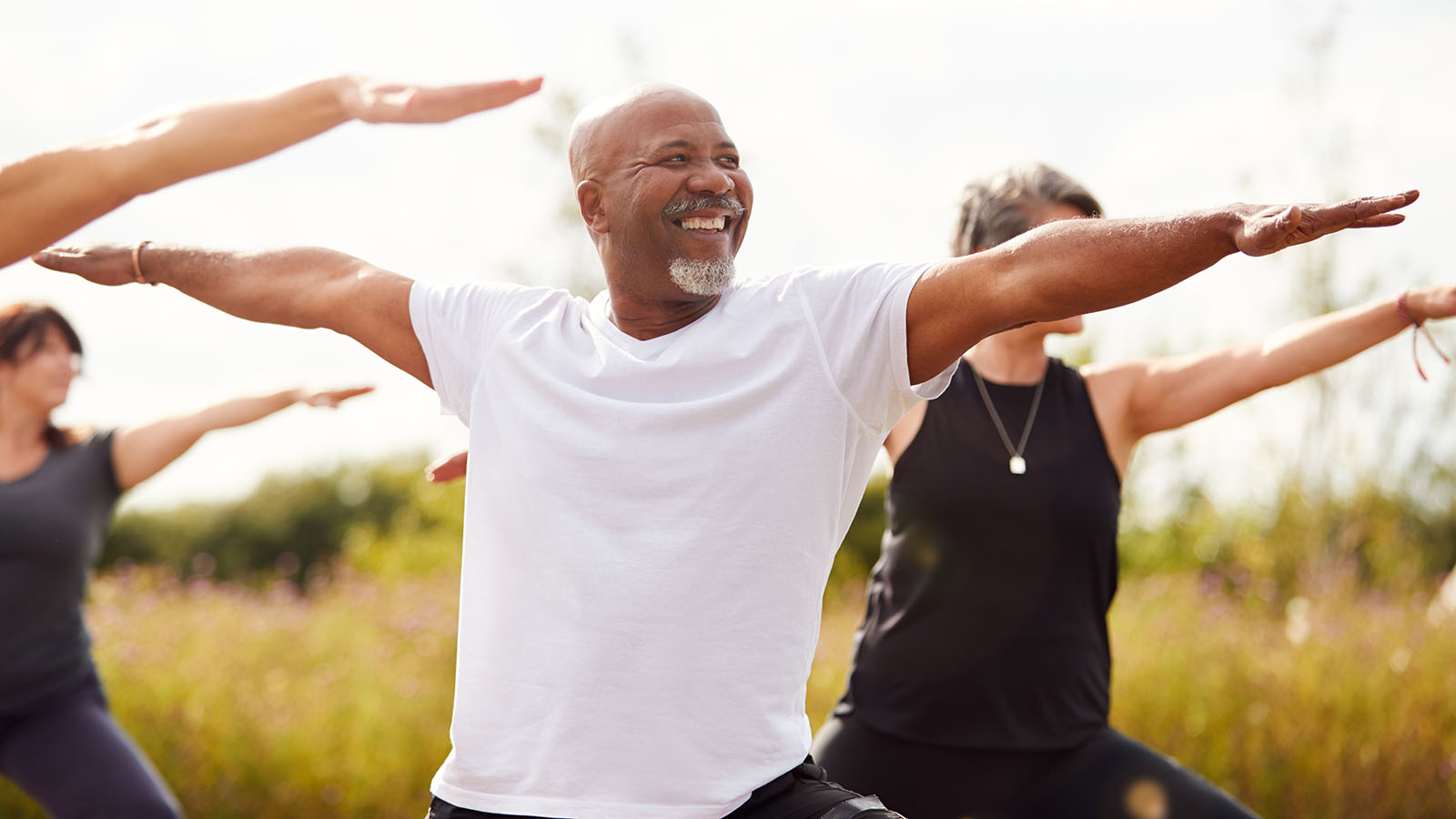
4 Exercise Tips to Help You Reverse High Blood Pressure
How to Bounce Back From Holiday Overeating

Daily Wellness Checklist: Simple Habits for Feeling Good Inside and Out

The Best and Worst Foods for Acid Reflux

3 Reasons Why Now's the Time to Find Relief From Varicose Veins

From Caregiver to Patient: Robotic Surgery Relieves Teresa's Knee Pain

How to Get and Stay Healthy This Fall

How to Reverse Prediabetes and Prevent Type 2 Diabetes

4 Sweet Halloween Tricks for Grown Ups Who have Diabetes

6 Ways to Get More Out of Your Daily Walk

HeartTalk Magazine

Is Cancer Hereditary? What You Need to Know About Your Genetic Risks

Is Your Post-Pregnancy Belly Bulge a Sign of Diastasis Recti?

Fall Vegetables: The Health Benefits and Recipes to Try This Season

Your Guide to Mammograms: When to Get Screened and What to Know

The Top 10 Foods That Boost Your Brain Health
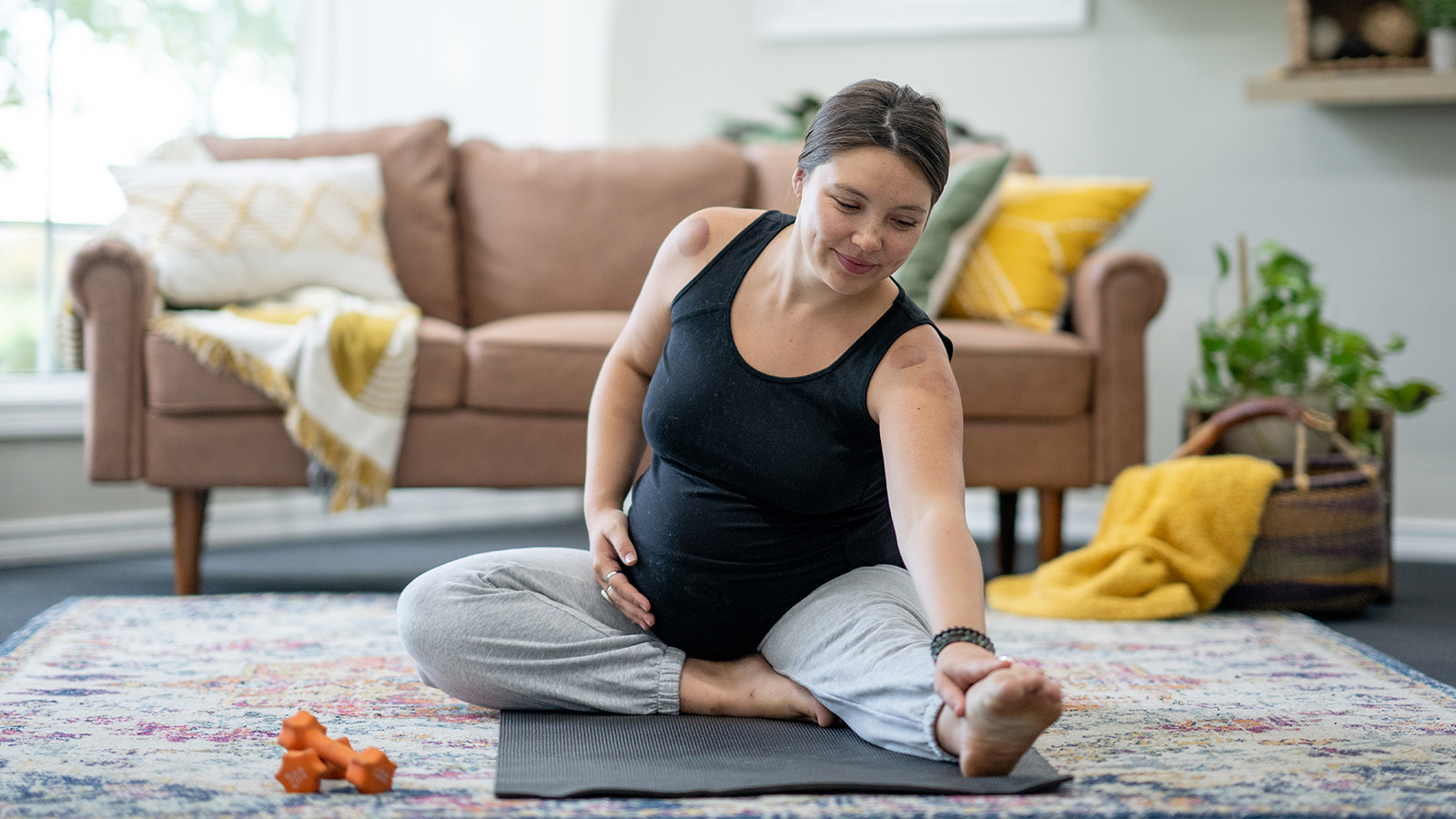
Is It Safe to Exercise During Pregnancy?
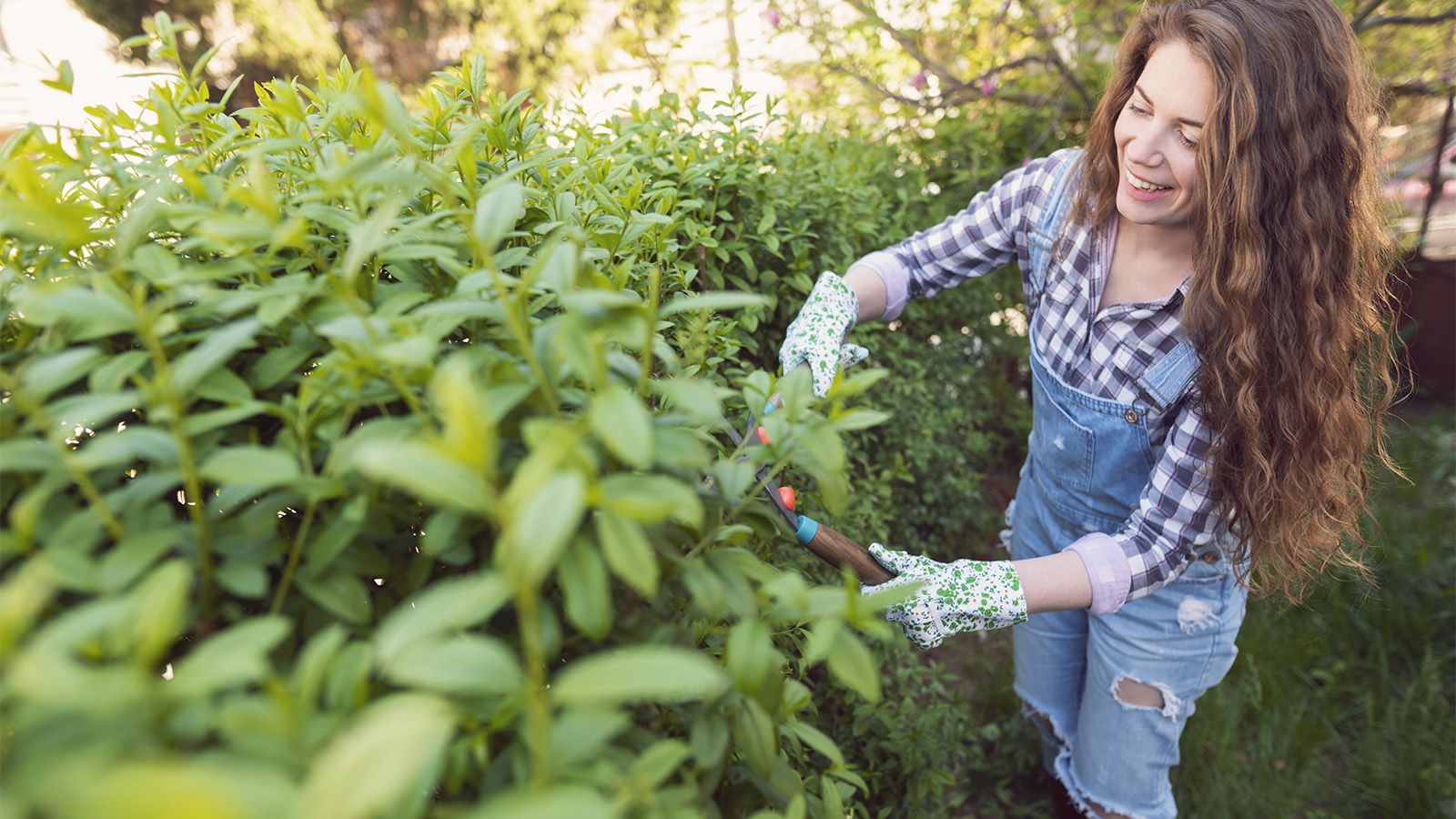
Prevent Yard Work Injuries: Tips for Mowing, Gardening, and Raking

Healthy Weight Gain During Pregnancy: A Guide for Moms-to-Be

How to Curb Nighttime Snack Cravings

Is Your Daily Walk Making You Really Sore?

IBS and Alcohol: Can You Still Enjoy a Drink?

'Feeling Joy Again': ECT Brain Stimulation Therapy Restores Ashley's Well-Being

3 South Jersey Farmers Markets You Must Visit This Fall

Easy, Healthy Lunch Ideas for the Beach

5 Best Biking Trails In South Jersey

Why Coffee Makes You Poop: A Comprehensive Guide
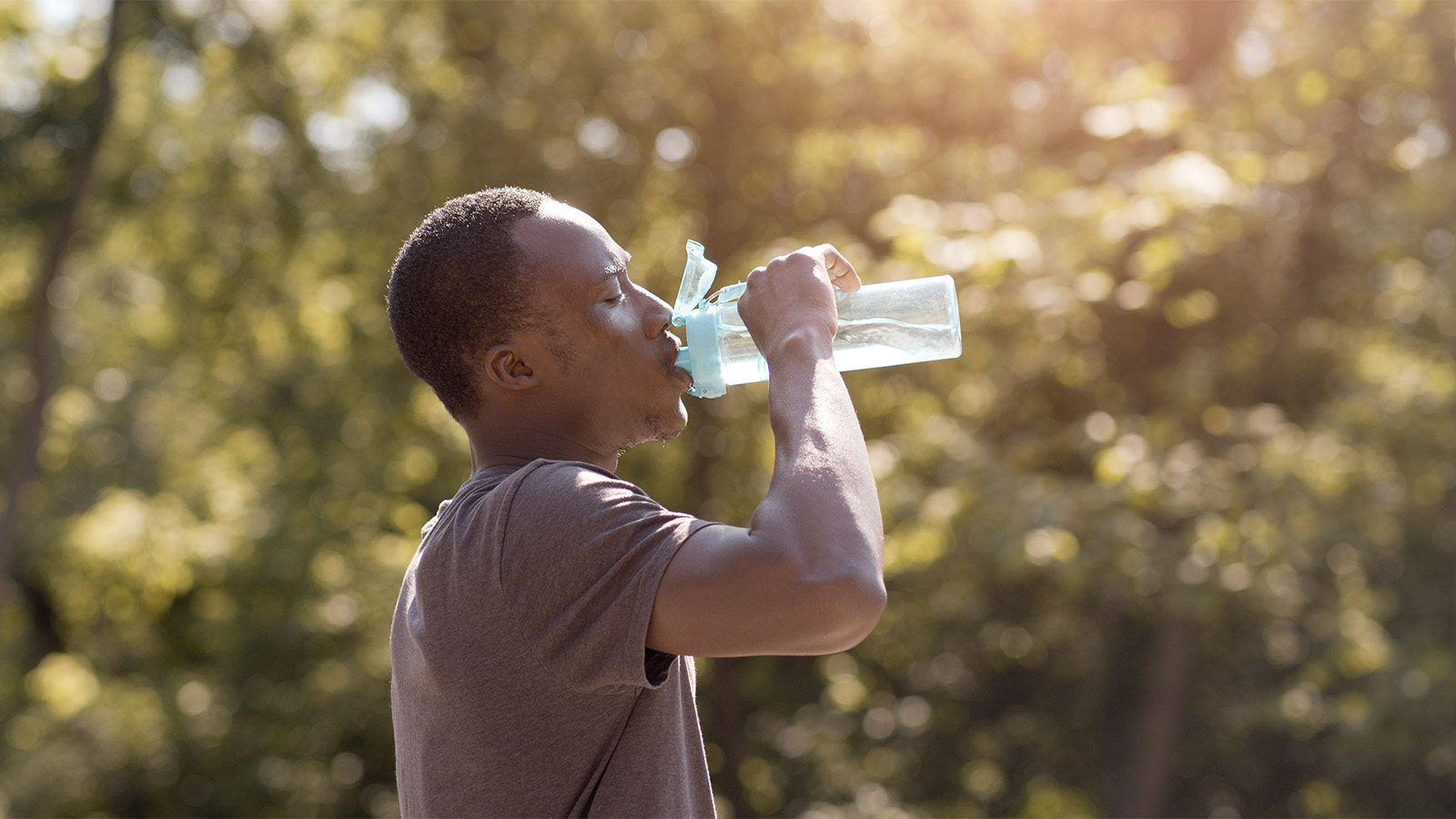
How to Stay Cool and Prevent Heat Illness All Summer Long
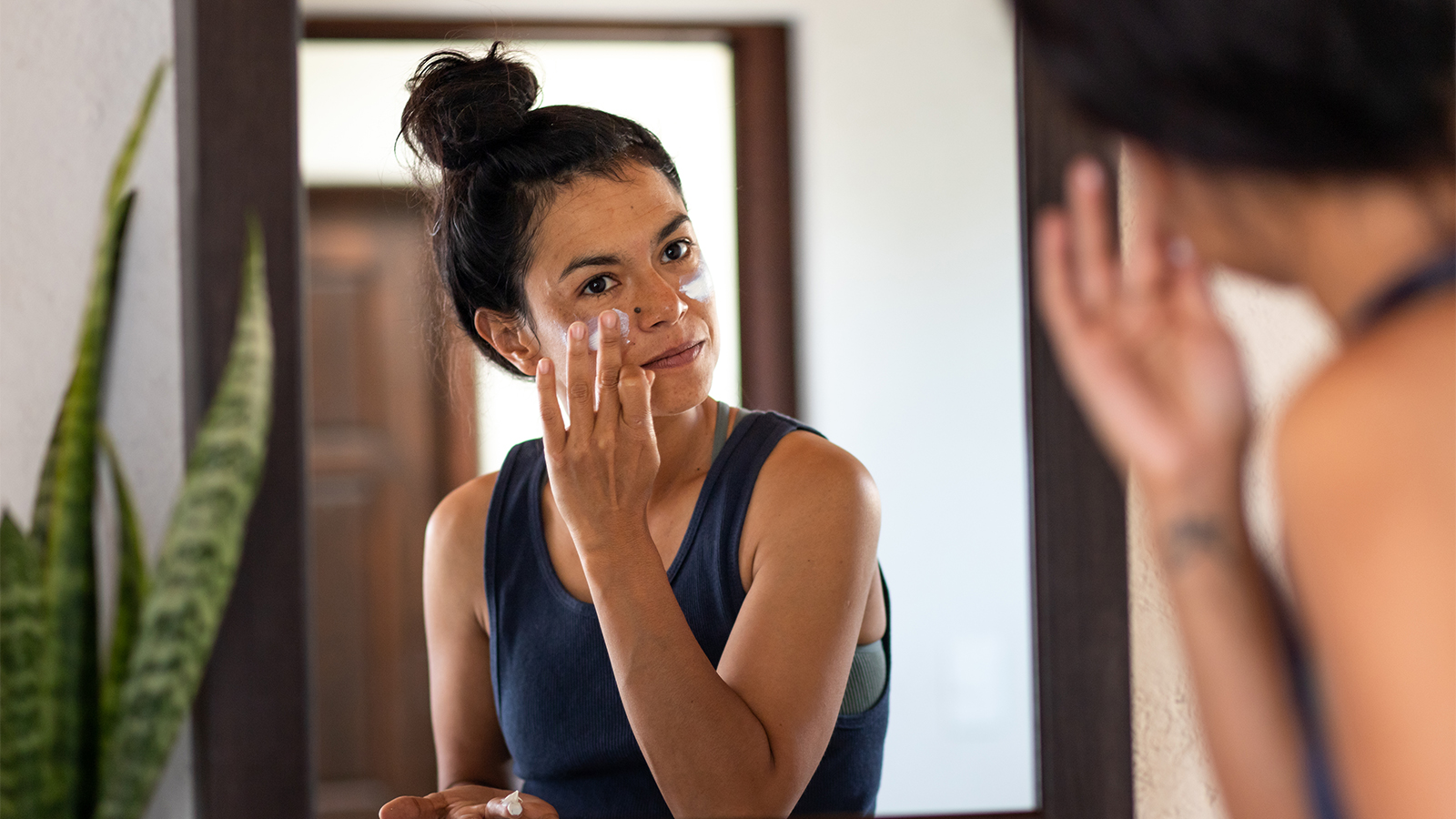
Do Not Get Burned by These Sunscreen Myths
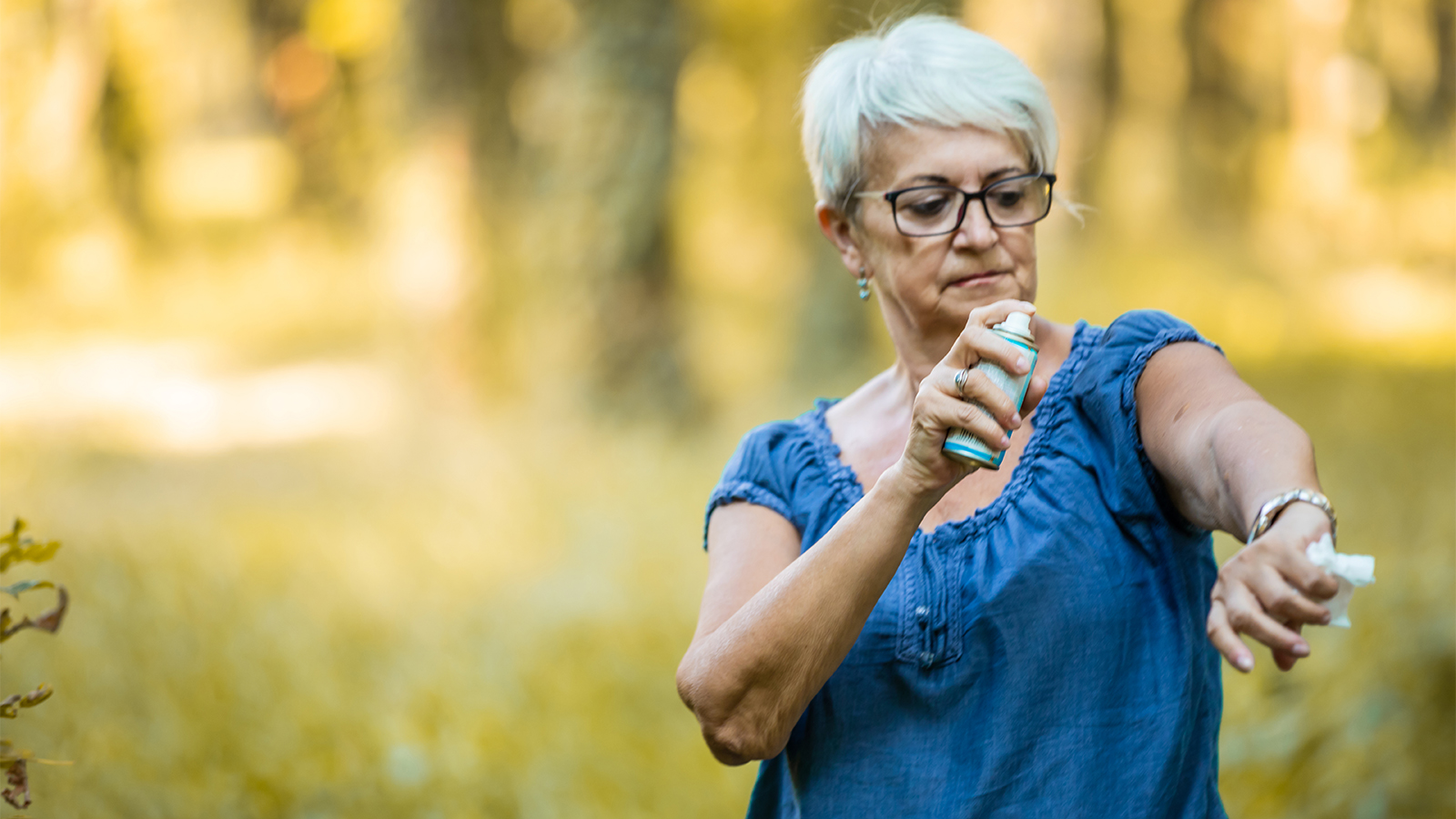
Beat the Bugs and Save Your Summer
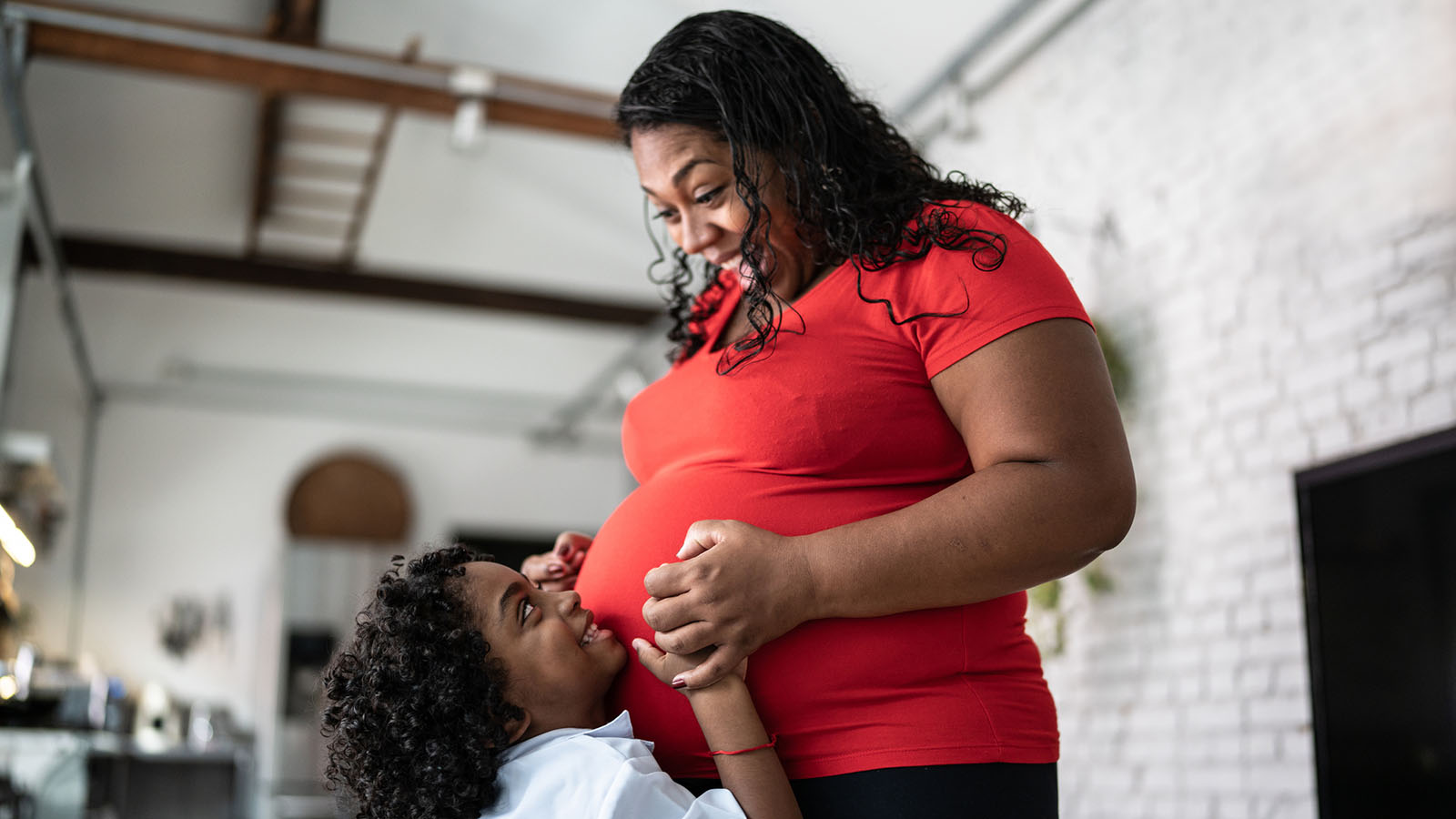
How to Have a Healthy Pregnancy if You're Overweight
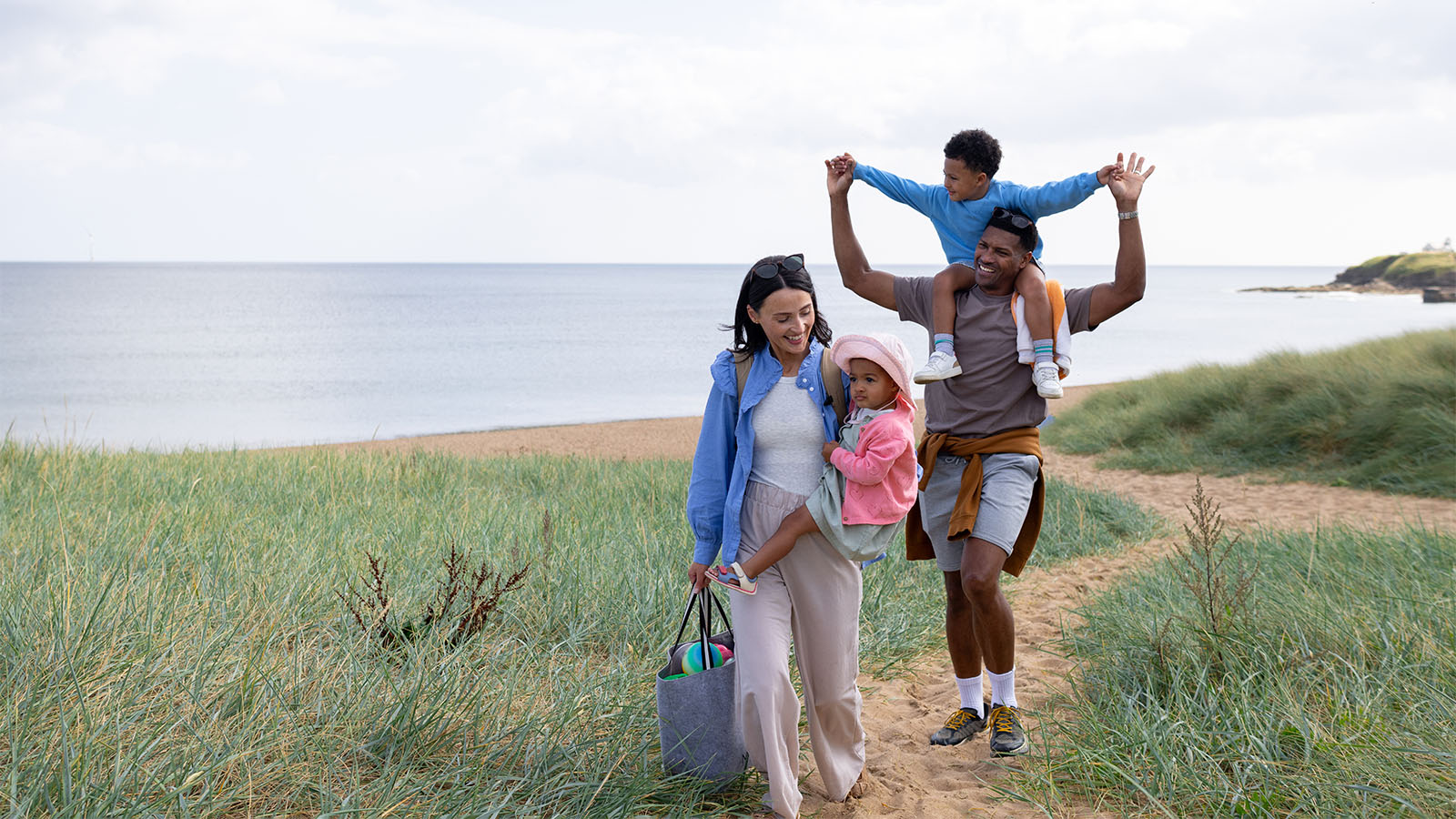
Why You Get Sick on Vacation (and How to Stay Healthy While Traveling)
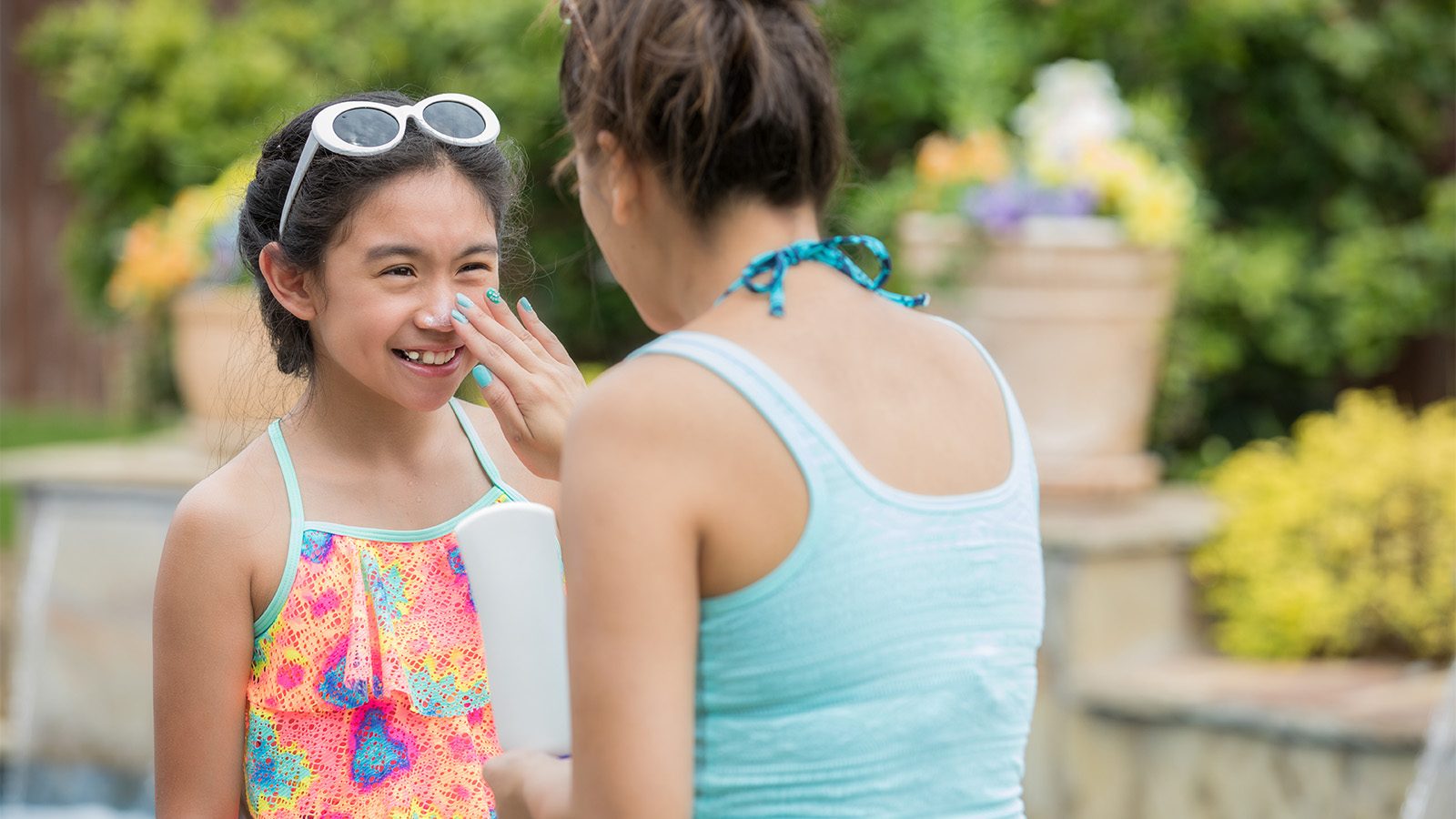
6 Hot Tips for a Safer Summer

4 Surprising Health Truths You Should Know

5 Interesting Facts About Your Heart

Is Low Sex Drive Normal? Revealing the Complex Causes of Low Libido in Women

5 Feel-Good Activities to Explore Around South Jersey
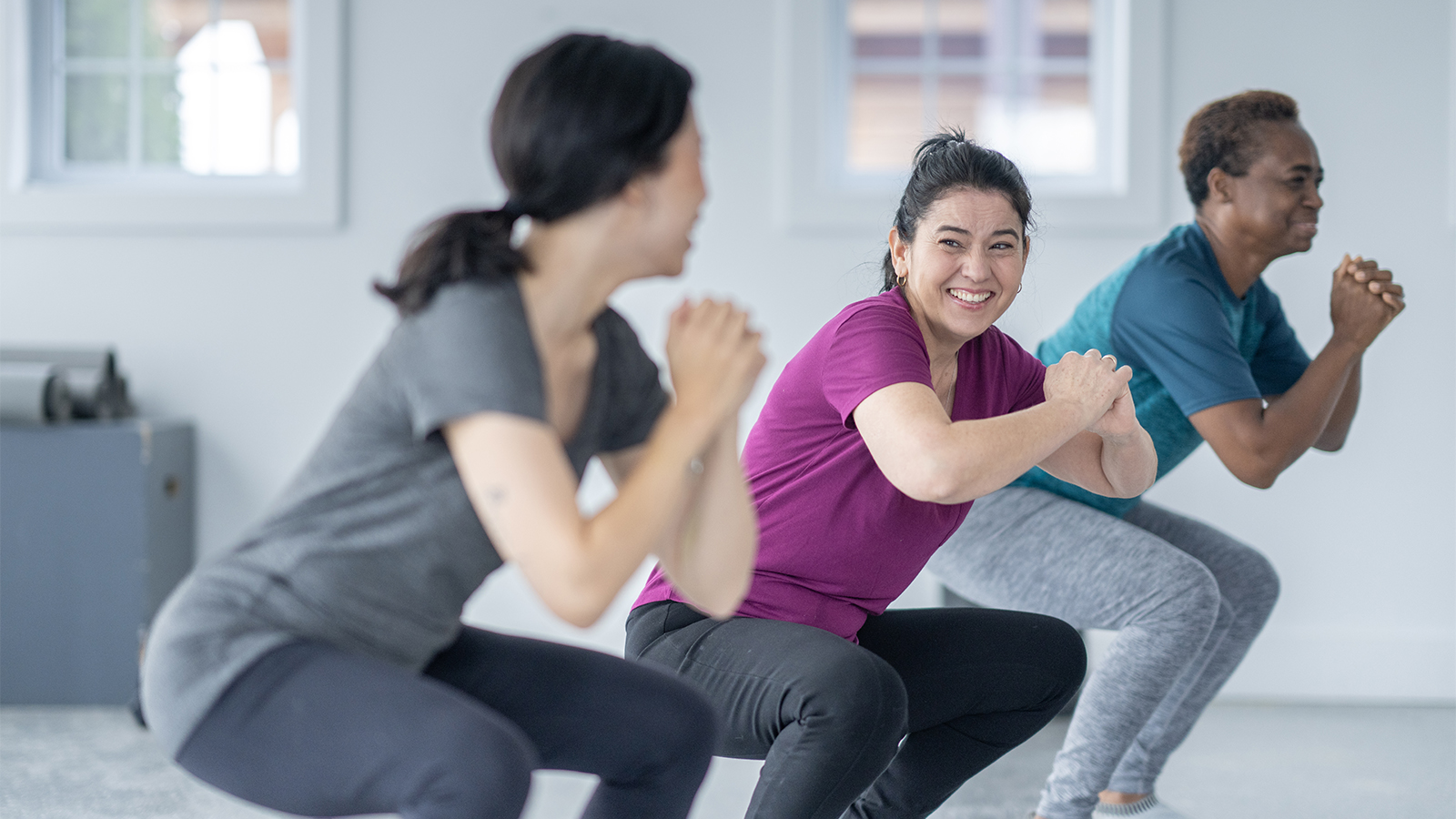
Stress Incontinence vs. Urge Incontinence: What's the Difference?

3 Changes You Can Make Today to Lower Your Cancer Risk
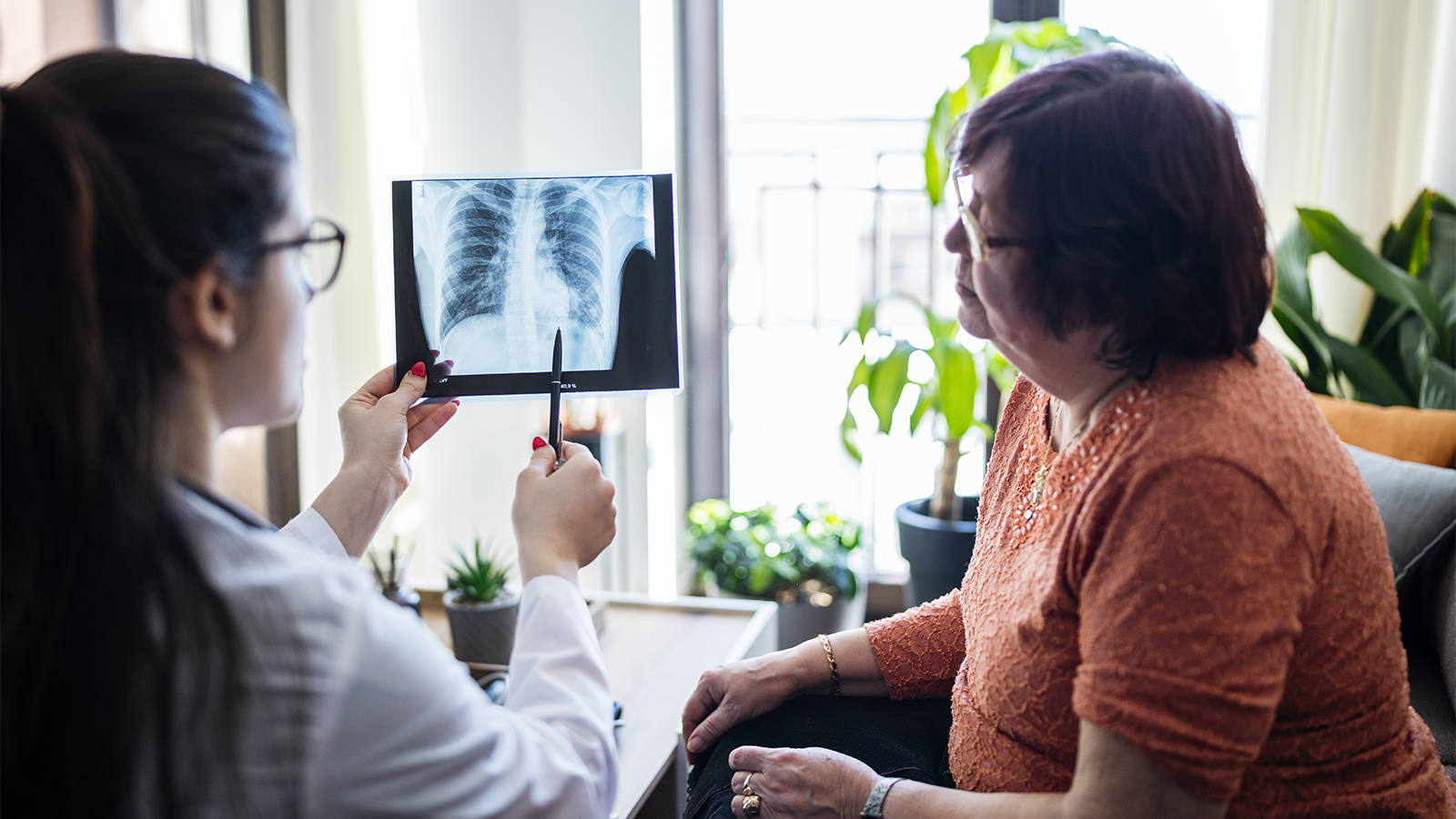
A Lung Cancer Screening Could Save Your Life

Take Pride in our Health: Must Dos for LGBTQ+ Preventative Care

Protect Yourself From Tick Bites and Lyme Disease

10 Quick Ways to De-Stress
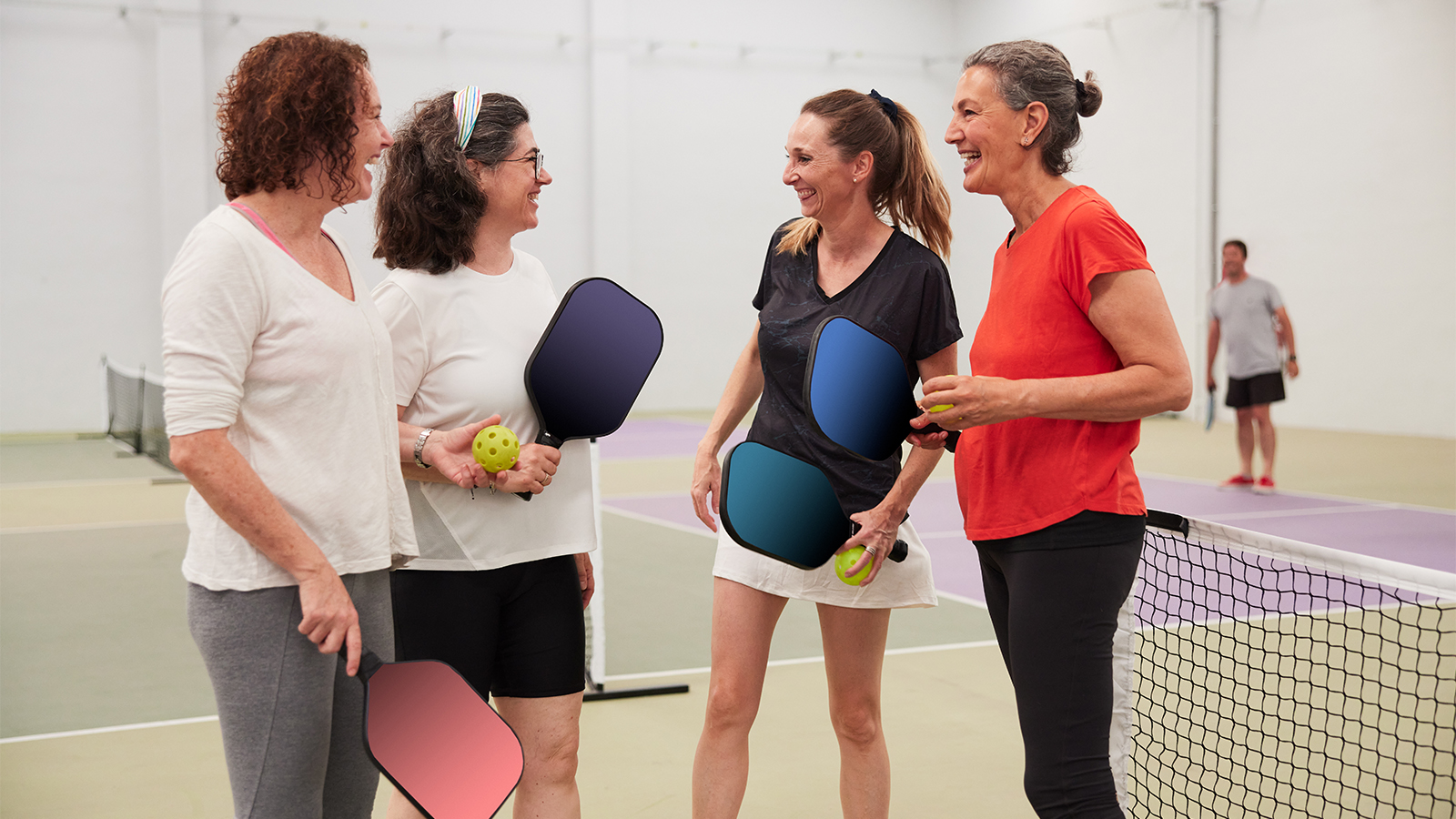
4 Ways to Stay Fit and Healthy on a Budget

From Restless to Restful: How Movement Improves Sleep

5 Simple Ways to Spring Clean Your Wellness Routine

How Do You Manage the Side Effects of Weight-Loss Medications?

A Woman’s Four-Step Guide to Fight Back on Back Pain
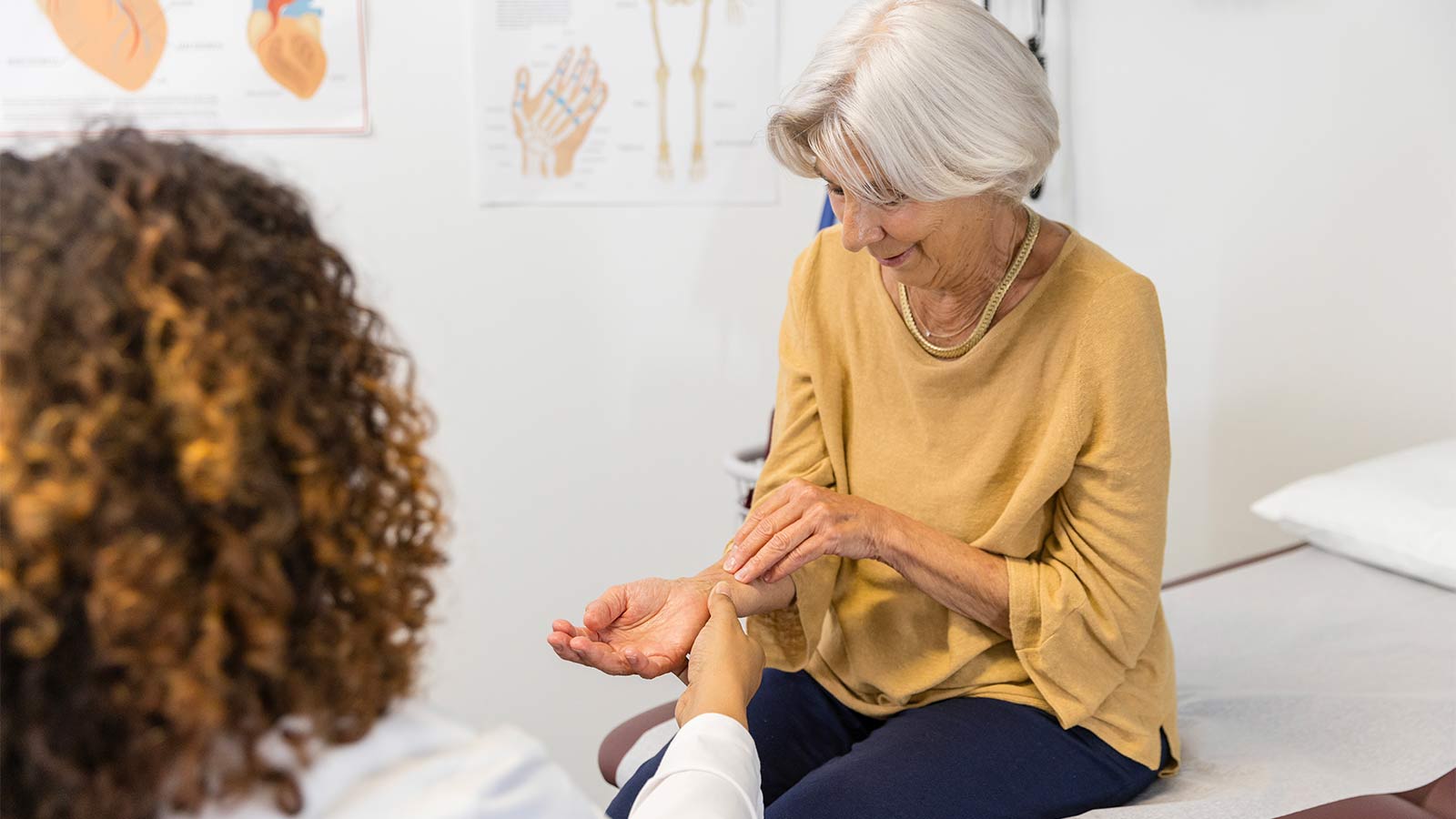
What You Need To Know About Carpal Tunnel Syndrome

Best Foods for Kidney Health

What Causes Food Addiction And What Are The Signs

5 Essential Winter Foot Care Tips When You Have Diabetes

Your 10-Point Plan to Avoid Winter Weight Gain
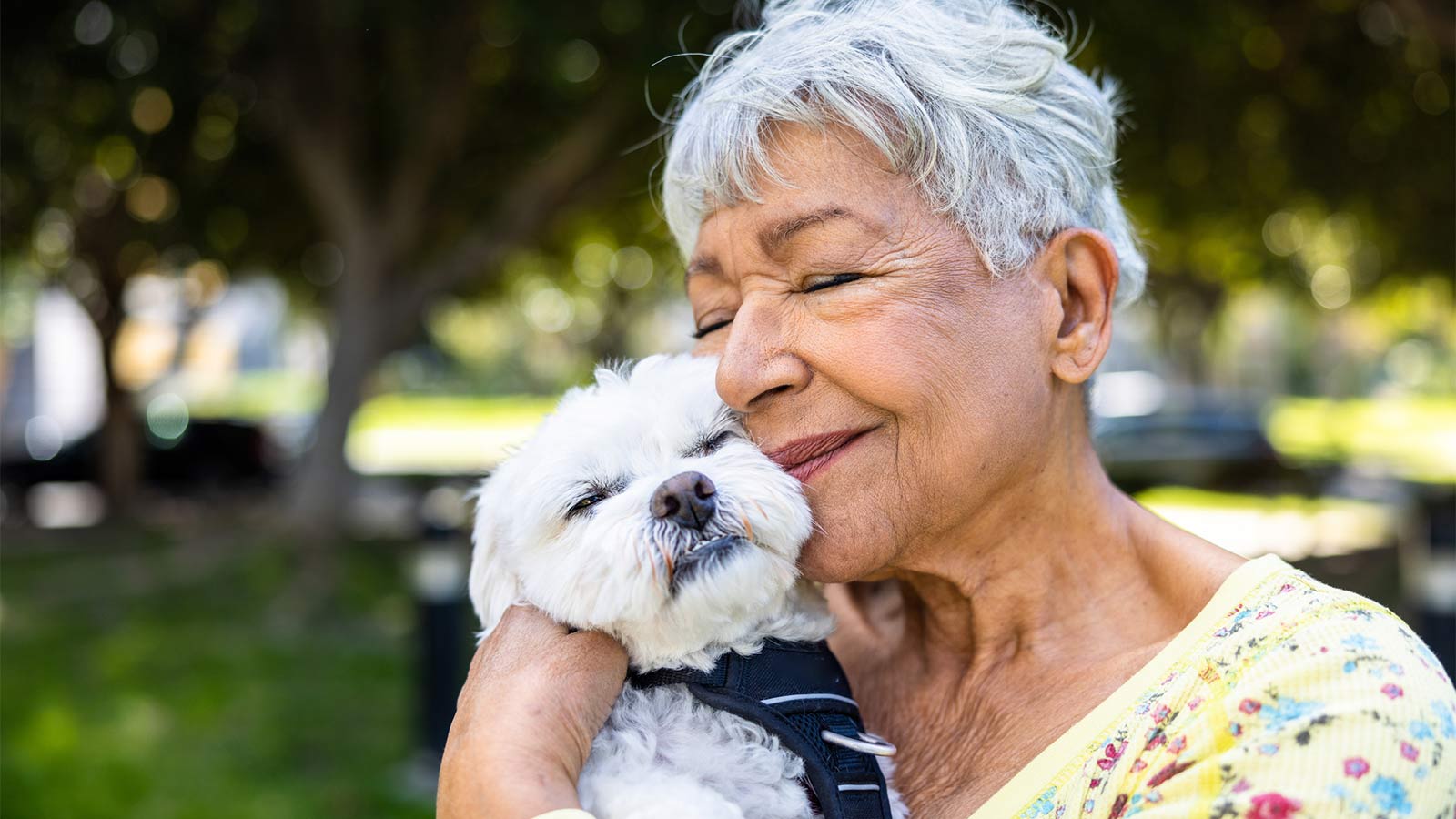
Be Fast and Spot the Signs of Stroke

Surprising Symptoms May Signal Stroke In Women

8 Key Steps to Better Blood Pressure Control

Five Back Pain Risk Factors That You Should Know
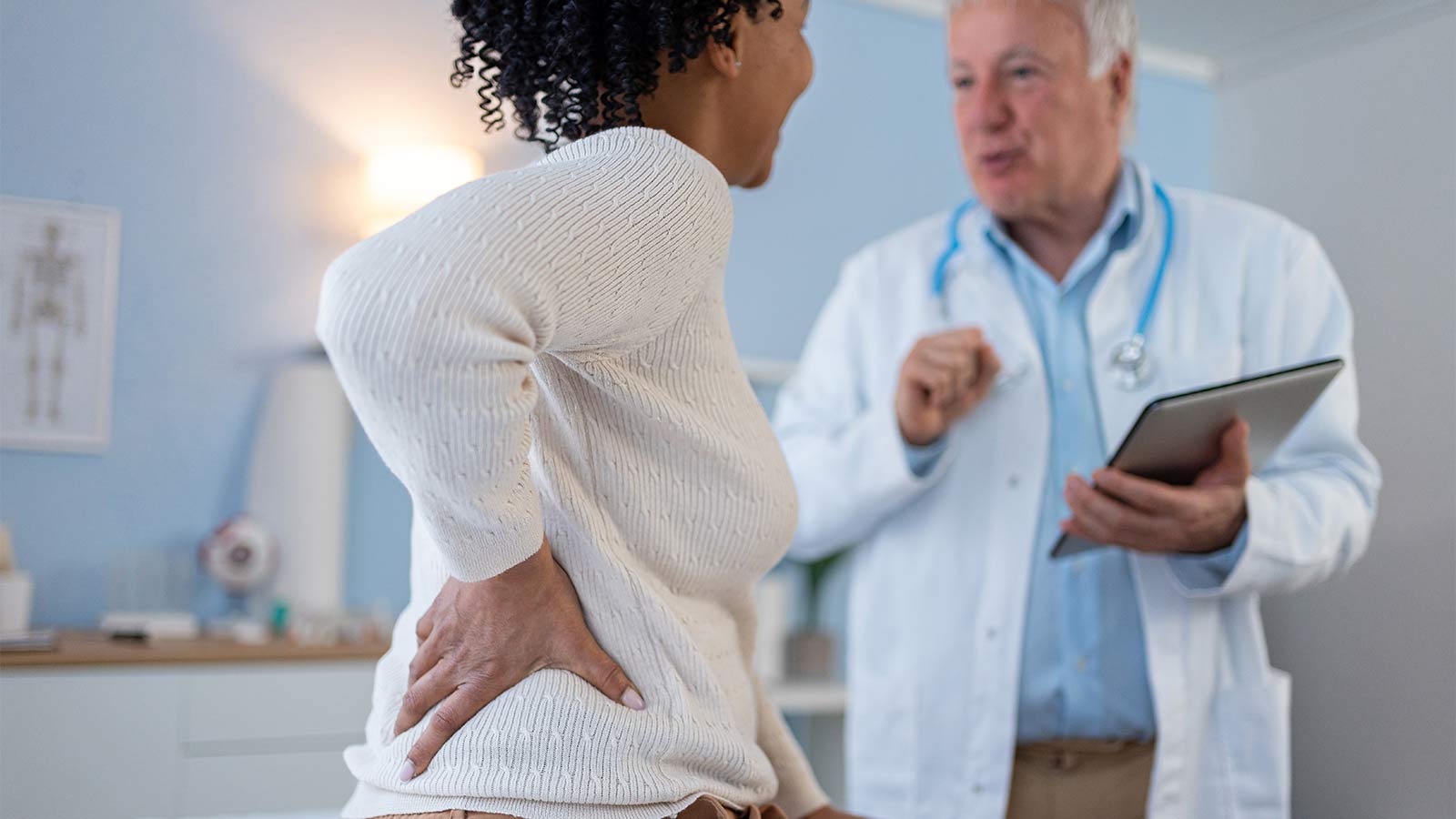
Is My Back Pain Normal, or Is It Spinal Stenosis?

Gut-Healthy Recipe: Turmeric Chicken With Asparagus

Gut Health Recipe: Chipotle Salmon and Sweet Potato Bowl
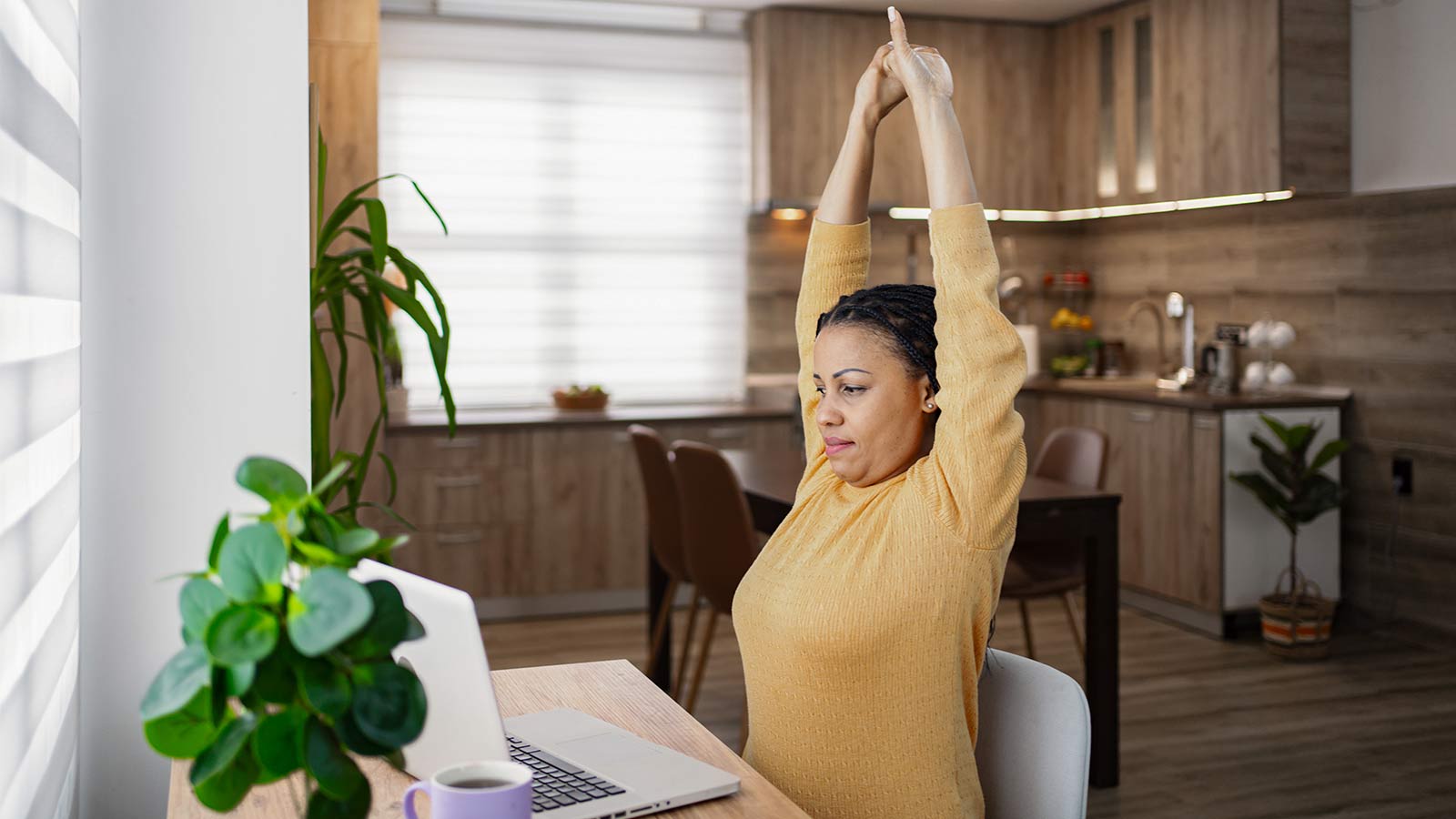
5 Back Stretches for the Work-From-Home Workweek

The HPV Vaccine: A Powerful Shield Against Cervical Cancer

How to Prevent and Treat Urinary Tract Infections

6 Numbers Key to Keeping Your Heart Healthy
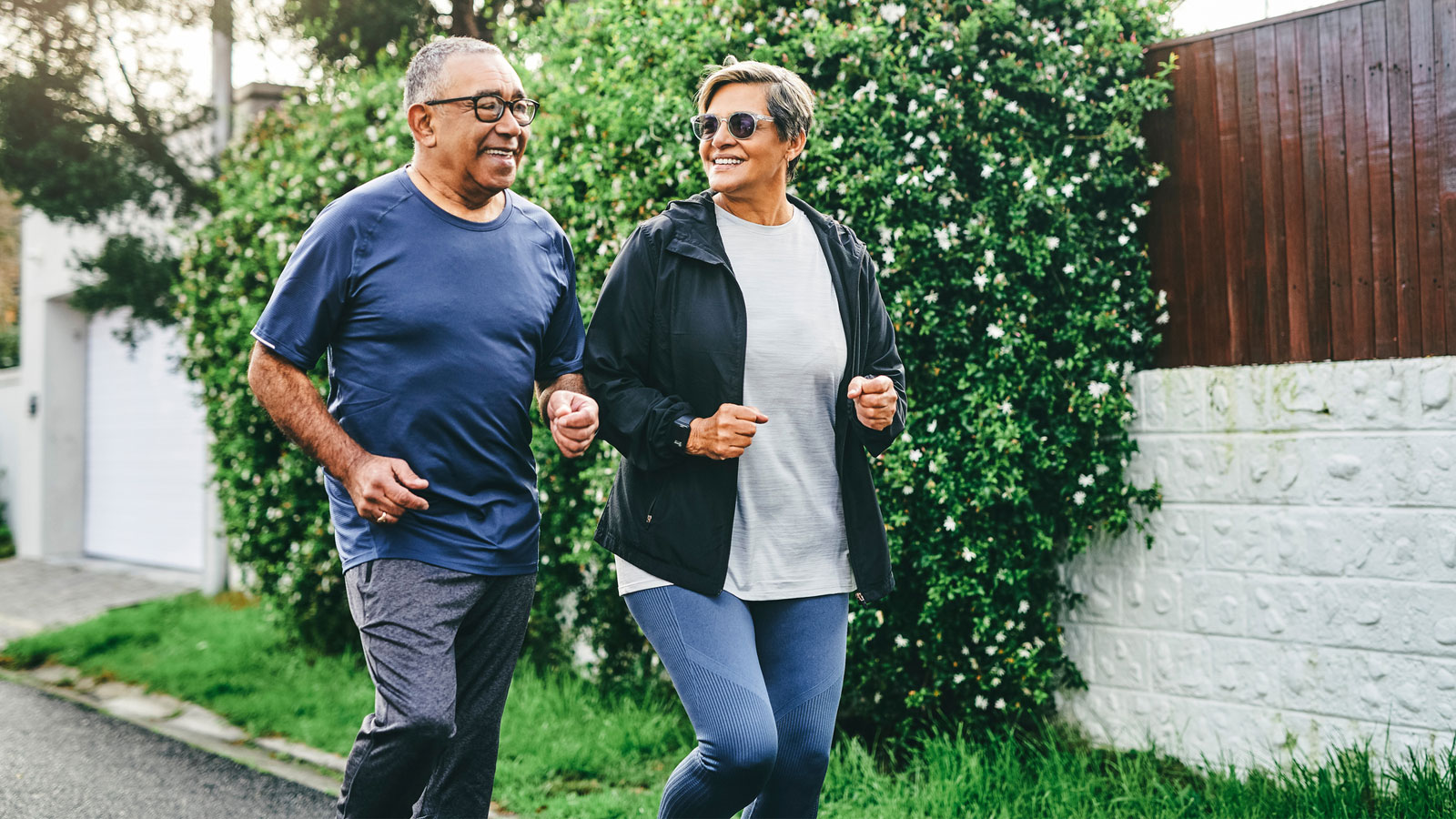
4 Easy Ways to Treat and Prevent Runner's Knee

What is the 80/20 Diet Rule?

When Should I See a Doctor About My Knee Pain?

A Non-Athlete’s Guide to Shoulder Overuse Injuries
Shoulder problems aren’t limited to athletes. Virtua orthopedic surgeon Sean McMillan, DO, explains shoulder overuse injuries and prevention in this article.
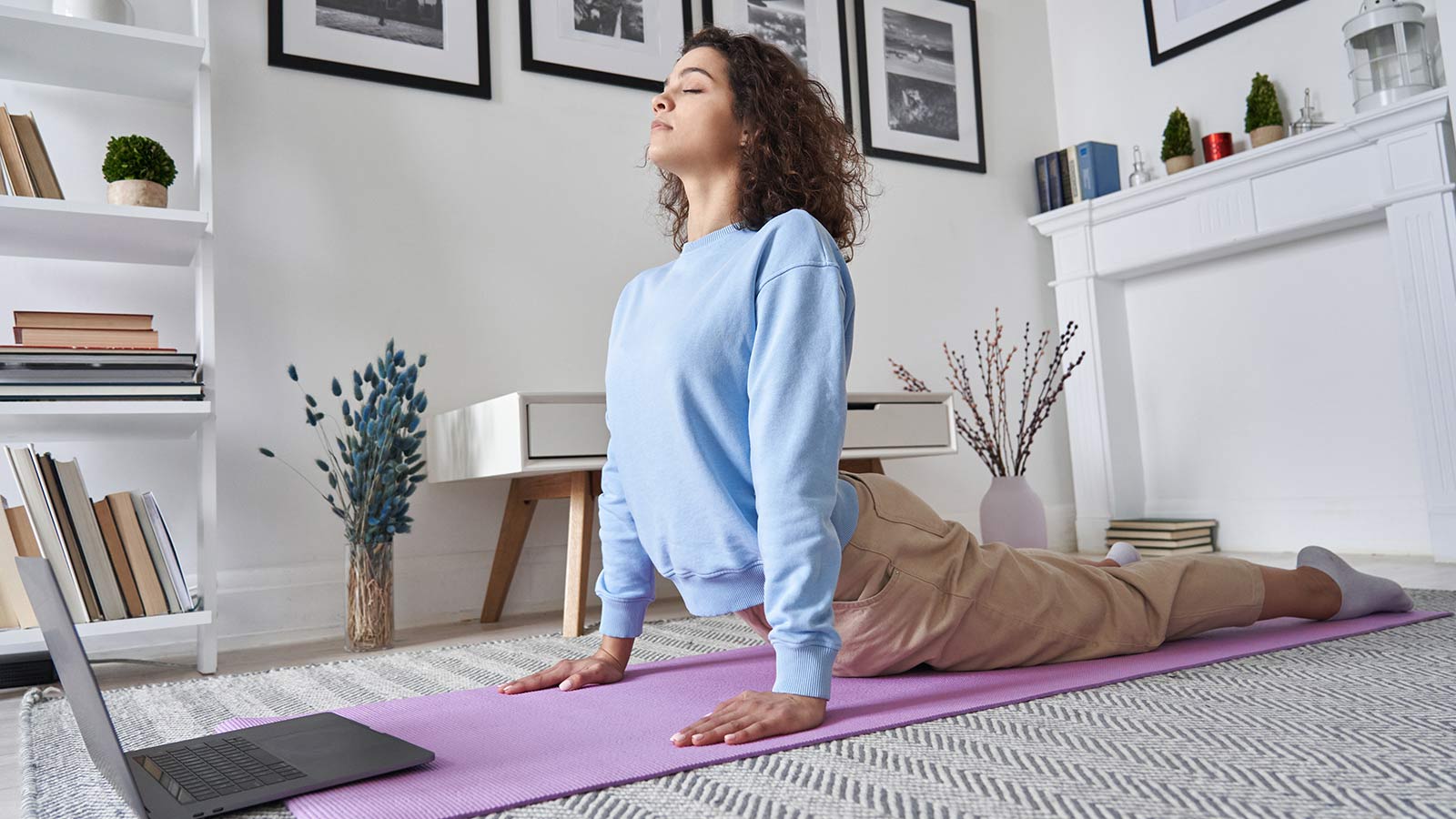
Put Lower Back Pain Behind You With This Ten-Step Guide
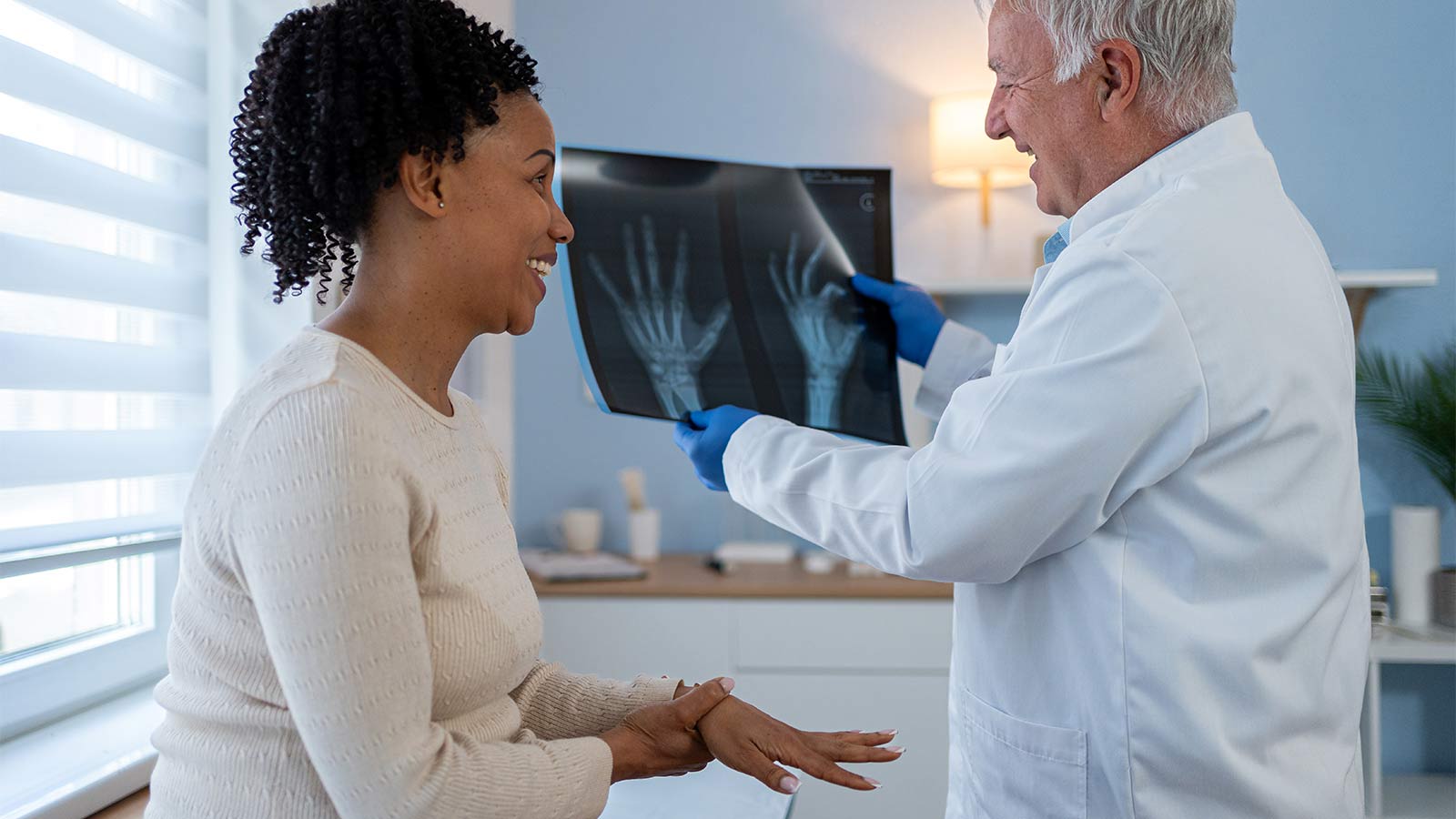
Wide-Awake Hand Surgery Speeds Recovery, Puts Control in Patients' Hands
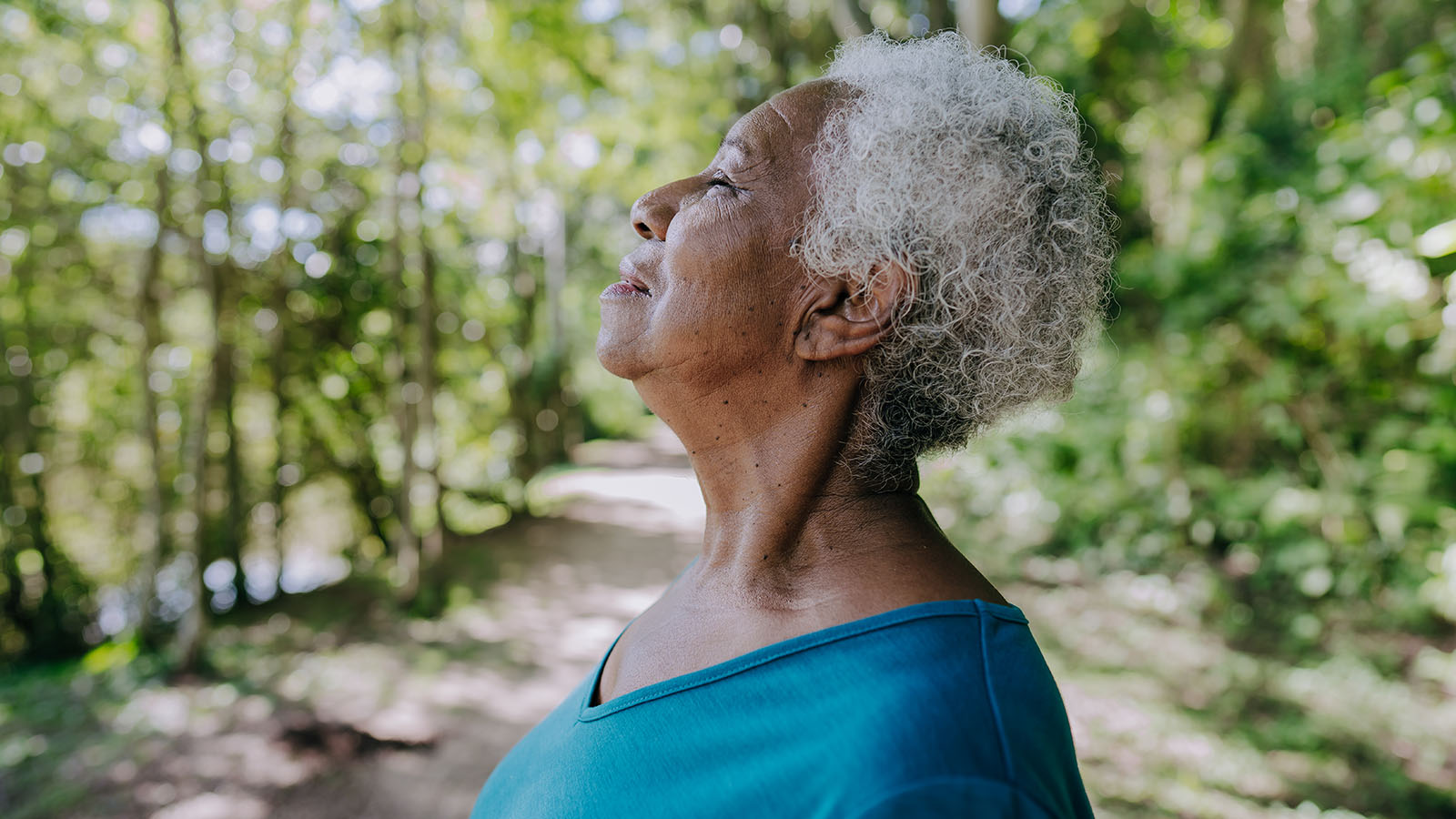
Five Mindfulness Tips That Can Help Heal Your Heart
Working from Home? Take a Quick Break to Stretch Your Wrists
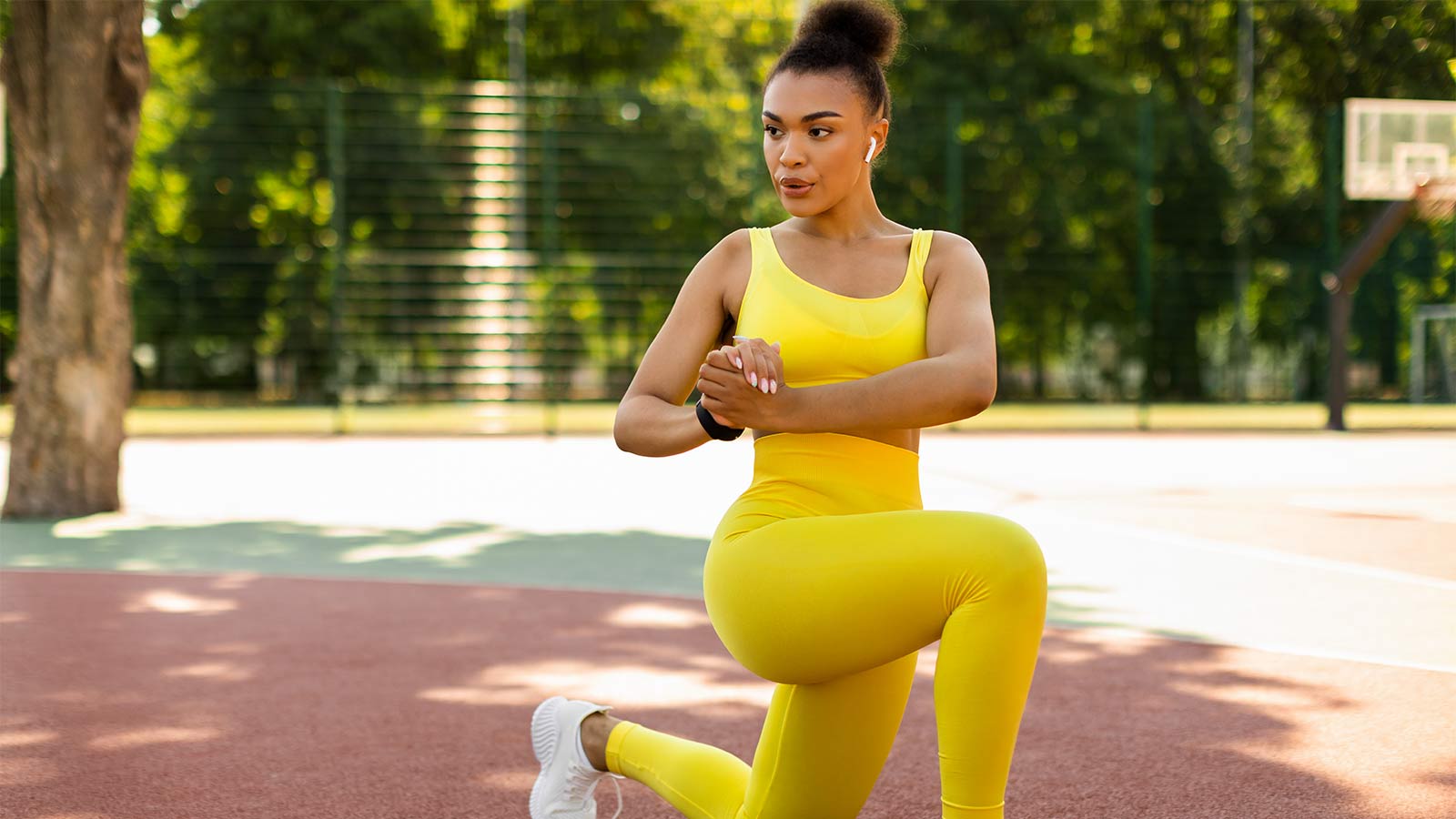
3 Ways to Avoid Knee Pain

When Should I See a Doctor for My Hip Pain?
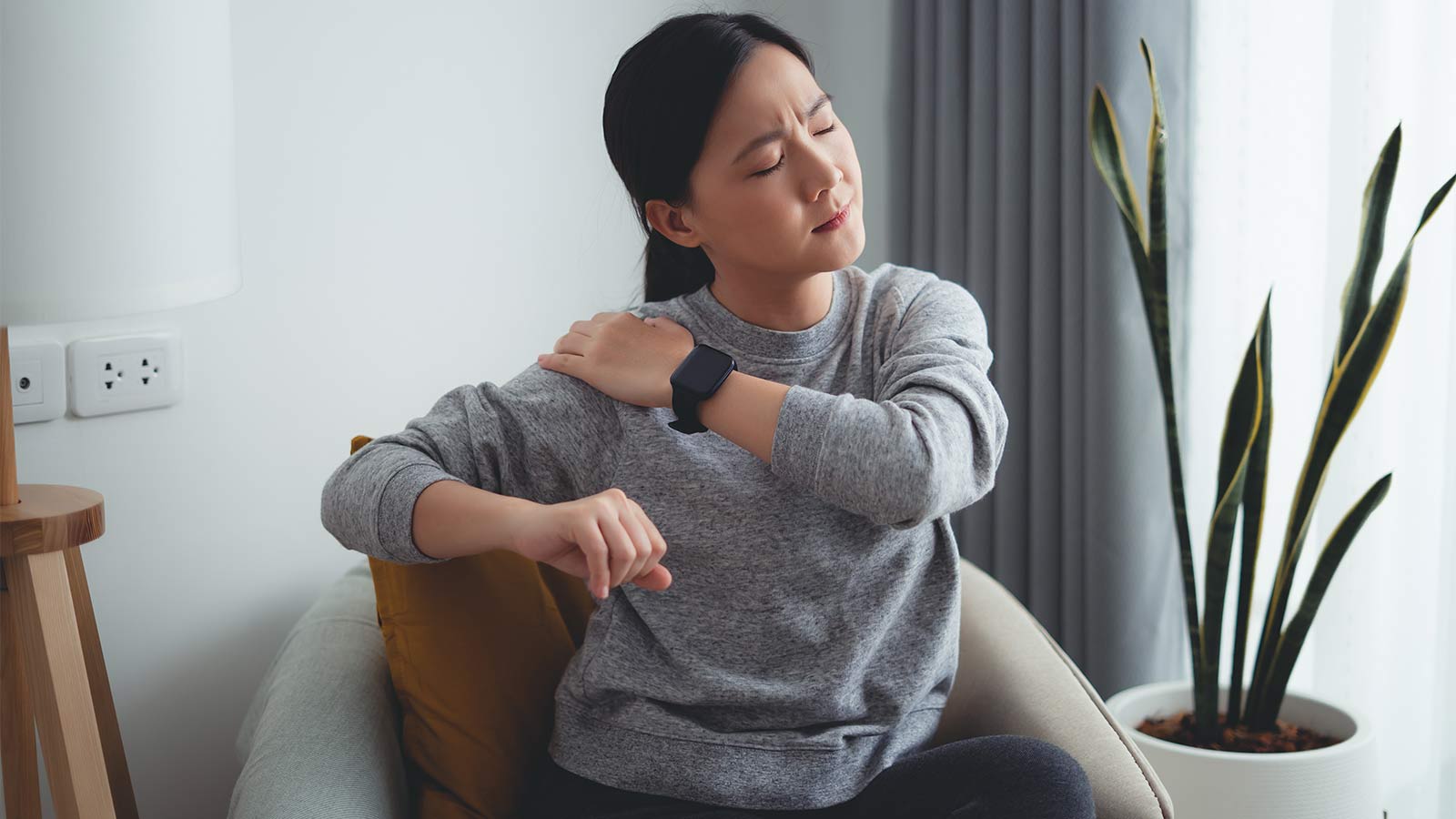
When Should I See a Doctor About My Shoulder Pain?

Is My Back Pain Normal, or Is It Sciatica?
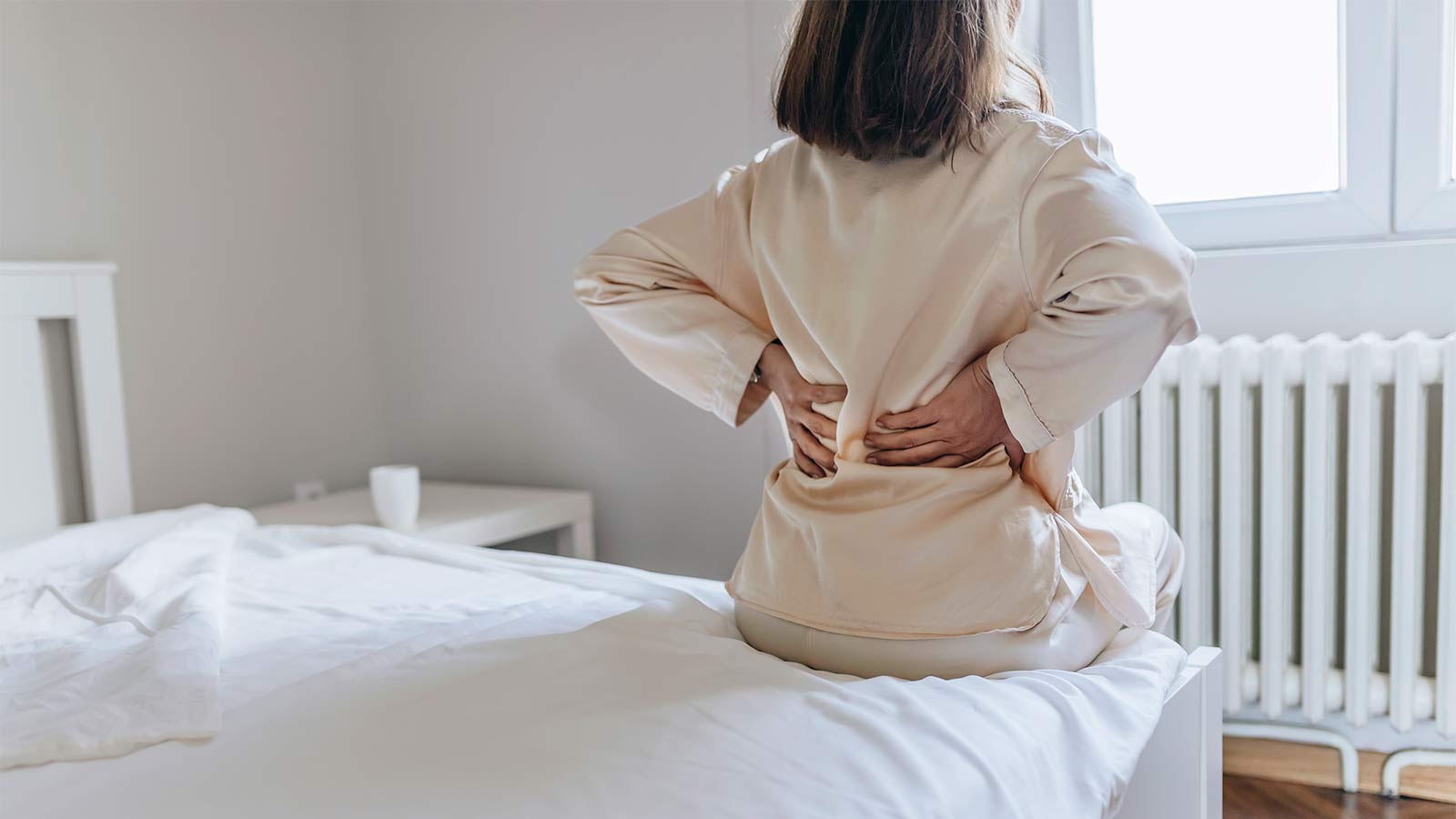
Is My Back Pain Normal, or Is It a Herniated Disk?

When Is It Back Pain, and When Is It Something More?

What Can I Do Right Now About My Aching Back?
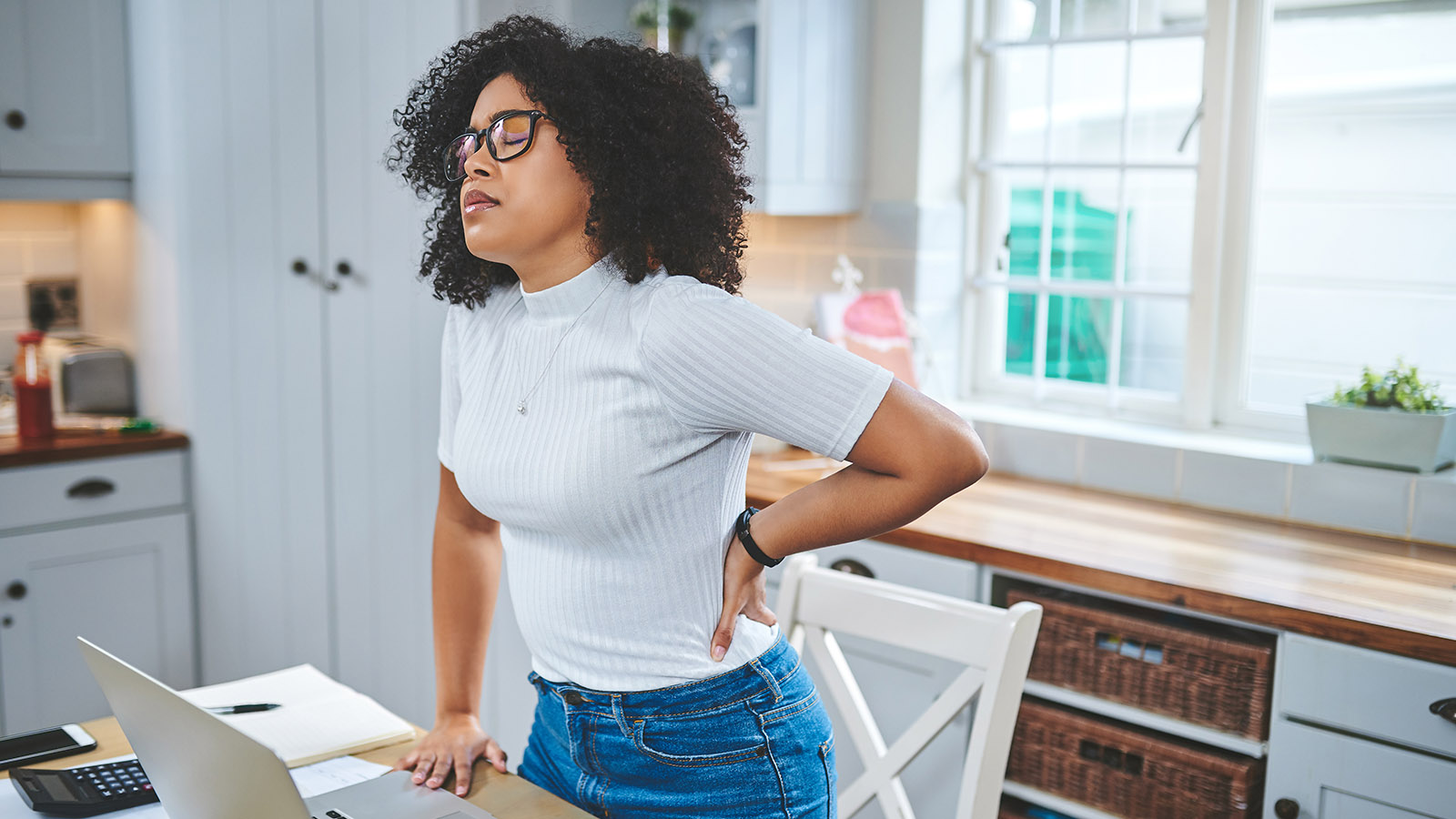
How Do I Get Rid of This Back Pain for Good?

Love Your Heart: Essential Care Tips for Every Stage of Life
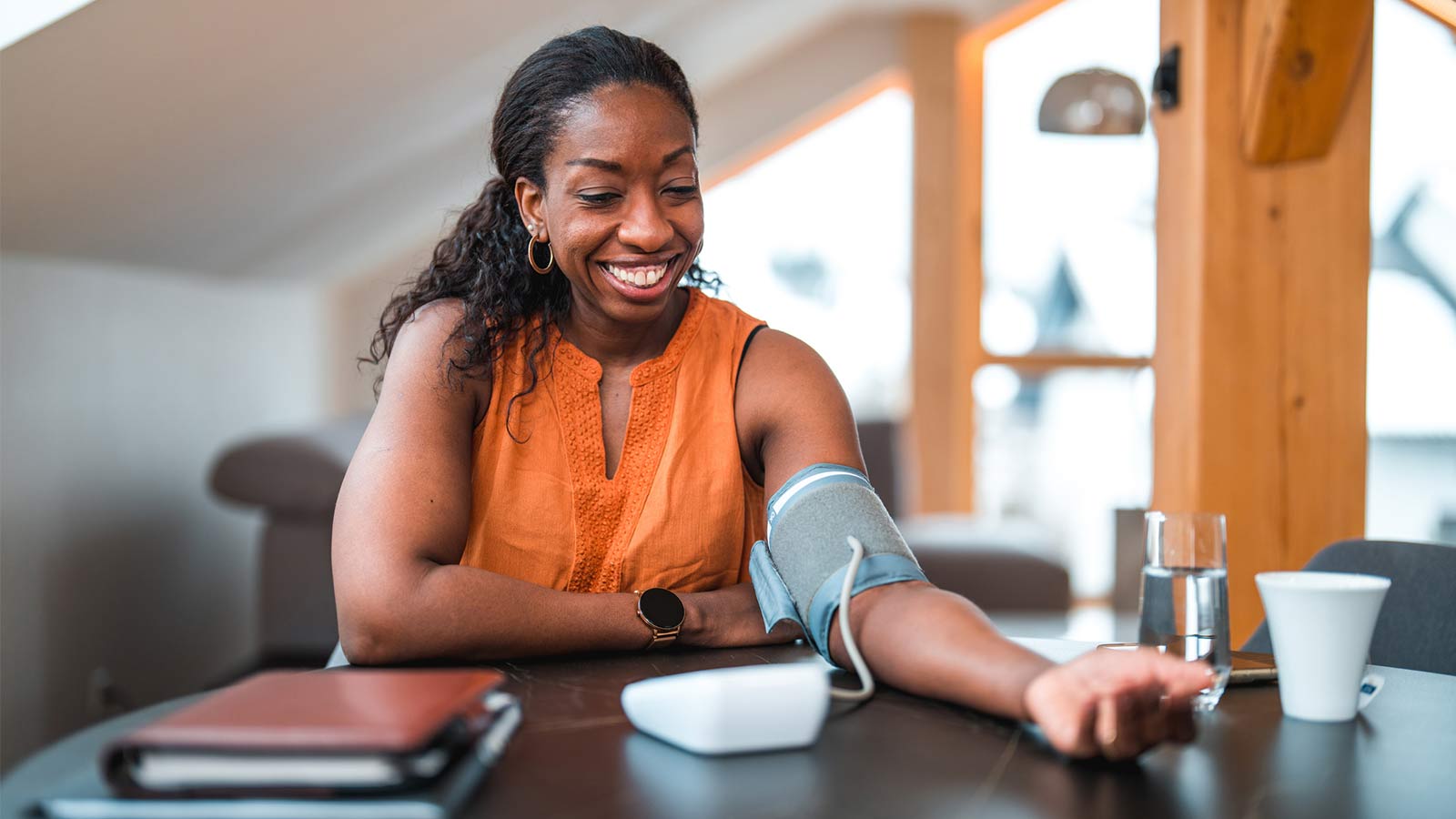
How Do I Measure My Blood Pressure at Home?

How Do I Improve My Cholesterol Levels?

3 Ways to Reduce Your Stroke Risk
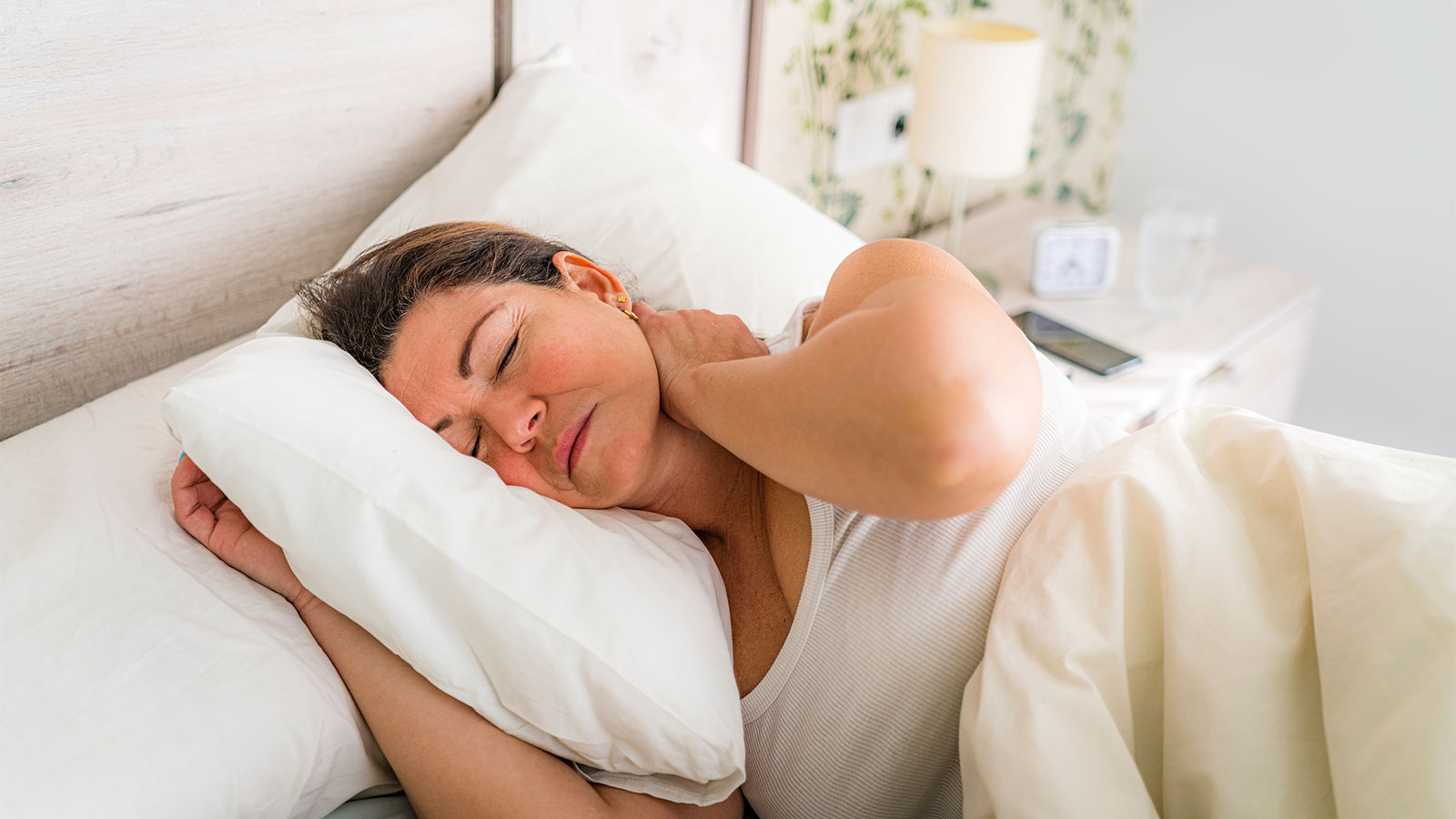
When Should I Be Worried About My Neck Pain?

Gut-Health Recipe: Berry Yogurt Parfait

Gut-Health Recipe: Avocado and Black Bean Salad
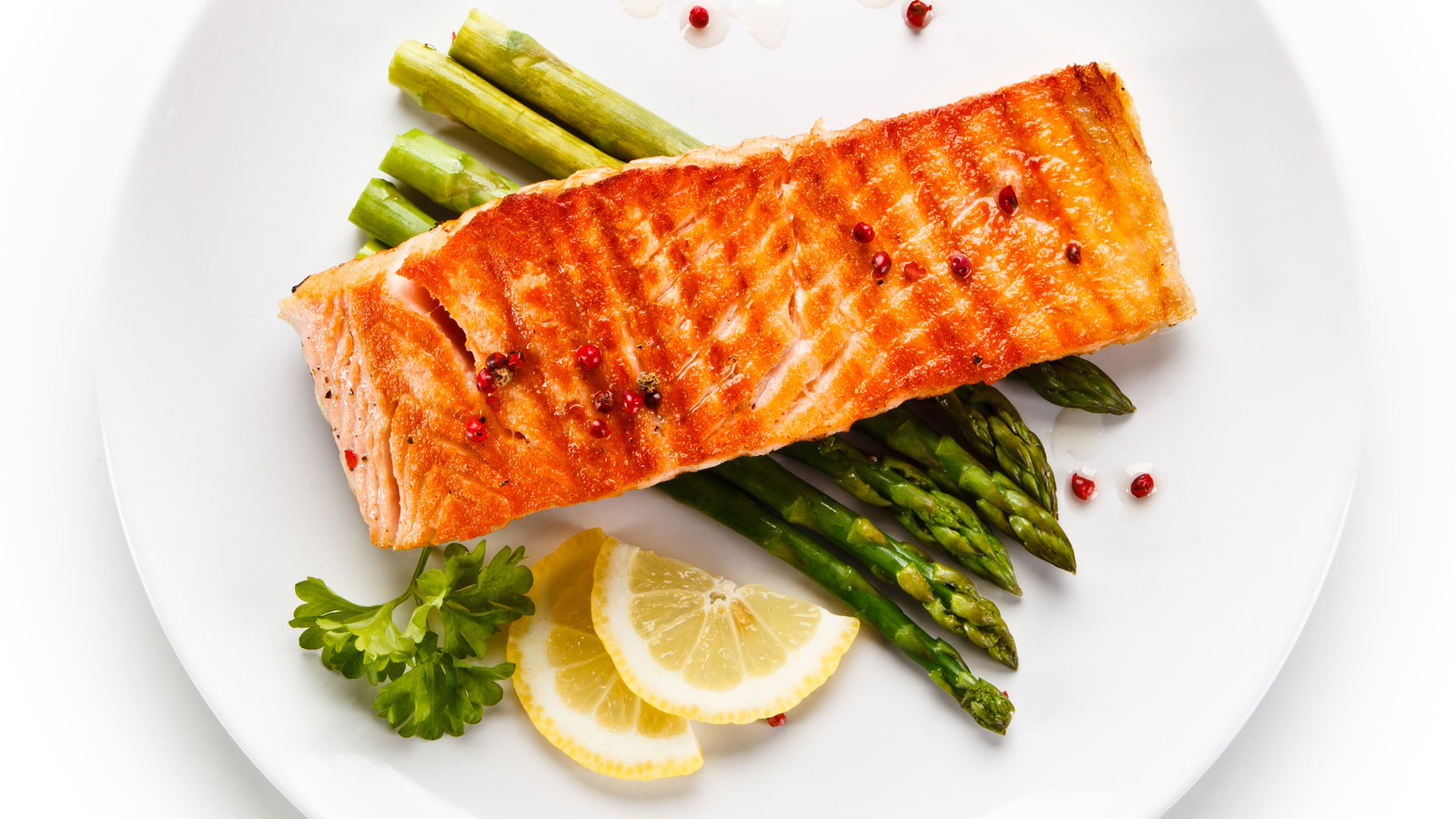
Air Fryer Salmon with Roasted Asparagus

Healthy Gameday Snacks: Buffalo Chicken Dip

Healthy Gameday Snacks: Sheet Pan Nachos

Healthy Gameday Snacks: Healthier Homemade Pizza

Healthy Gameday Snacks: Healthier Guacamole

Healthy Gameday Snacks: Air Fryer Buffalo Wings

5 Delicious and Healthy Gameday Snacks
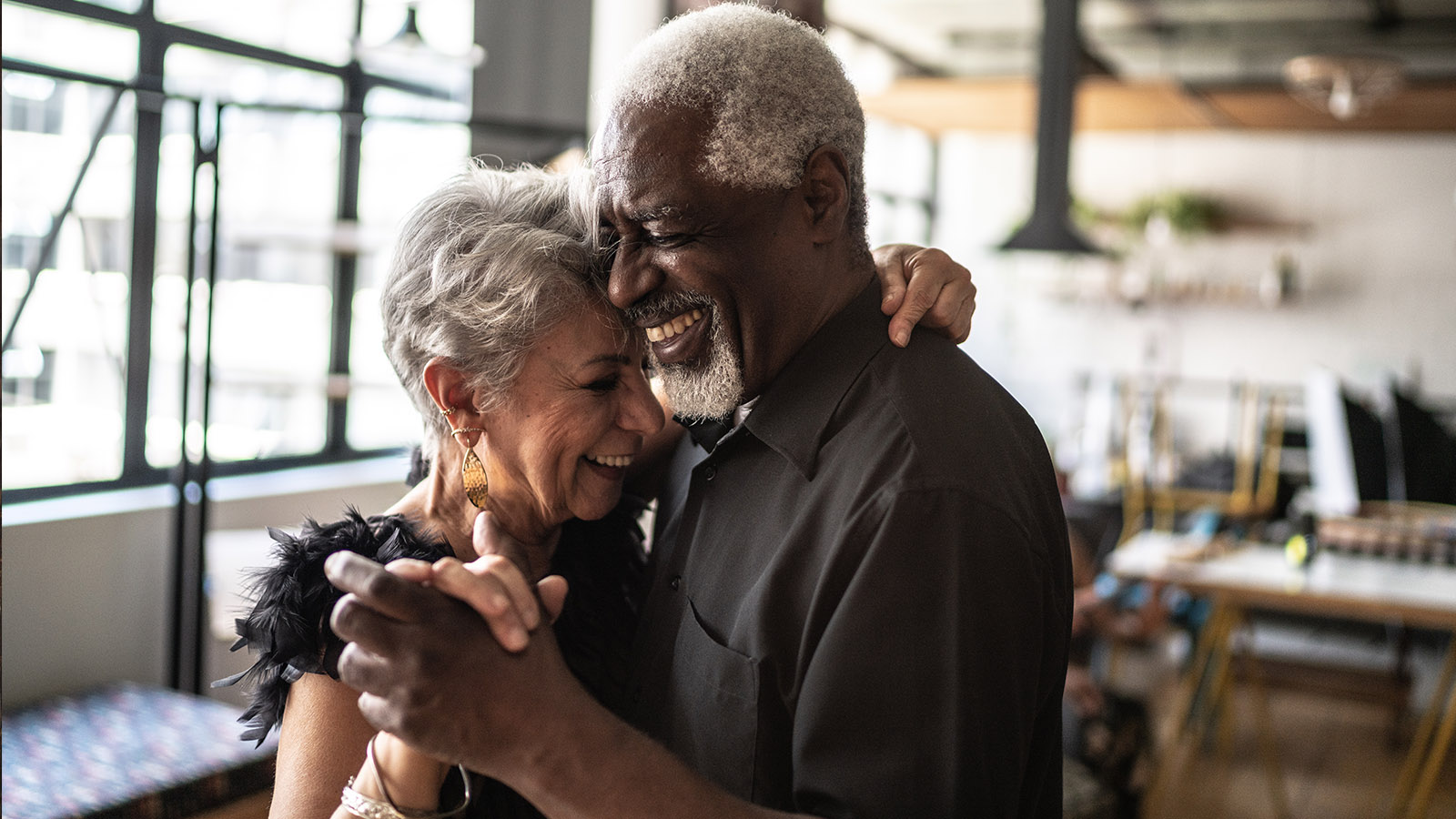
How Sex Keeps You Healthy as You Age

Protect Your Child From HPV and Related Cancers

Why IUDs Might Be The Most Effective Birth Control

5 Things You're Too Embarrassed to Tell Your OBGYN

4 Not-So-Crazy Questions to Ask Your Doctor
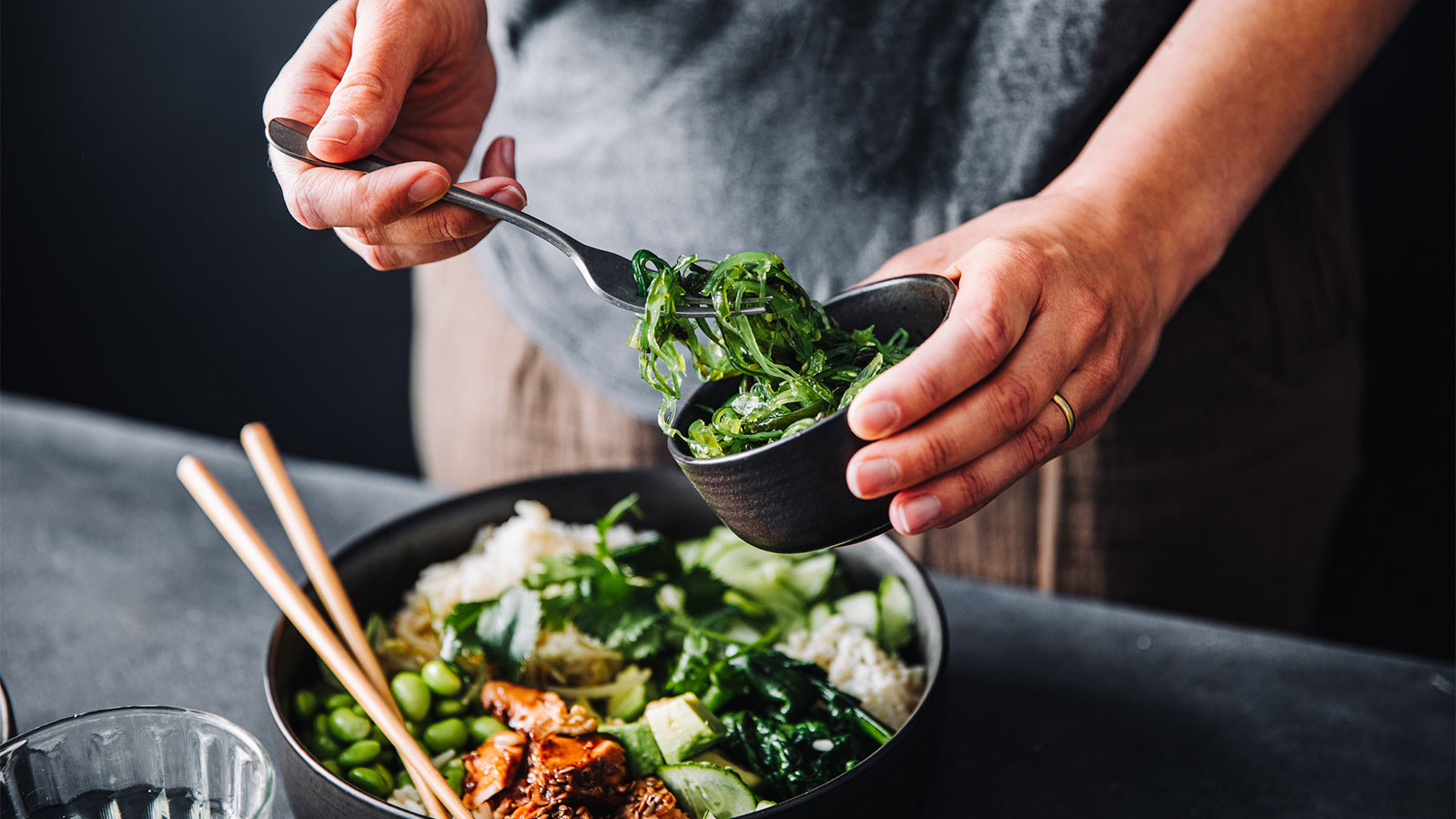
The Top 10 Foods For A Healthy Diabetes Diet

What to Know About Cervical Cancer Screenings

Heart-Healthy Summer Recipe: Hummus and Veggies

4 Delicious Heart-Healthy Recipes Perfect for Summer

Heart Healthy Summer Recipe: Dessert Parfait

Heart-Healthy Summer Recipe: Pear and Walnut Salad

Heart-Healthy Summer Recipe: Terrific Turkey Burgers

Augmented-Reality Surgery Has Bobby Back on Stage, Rocking His New Hip
